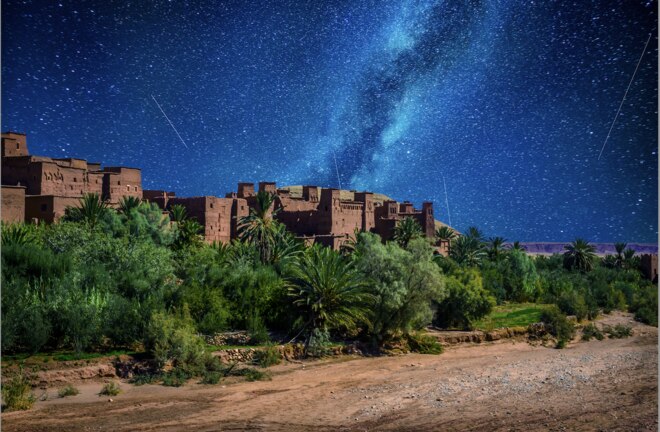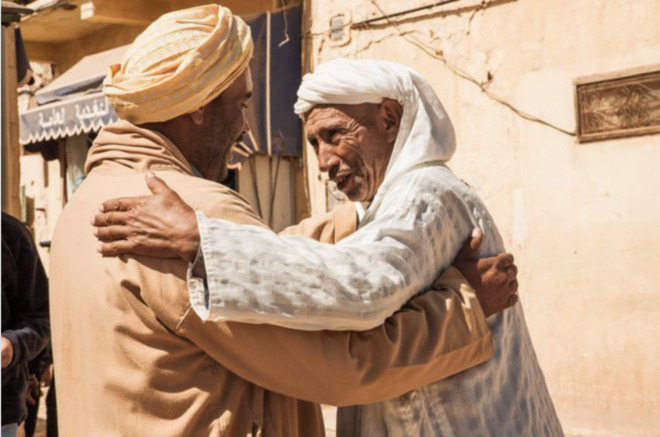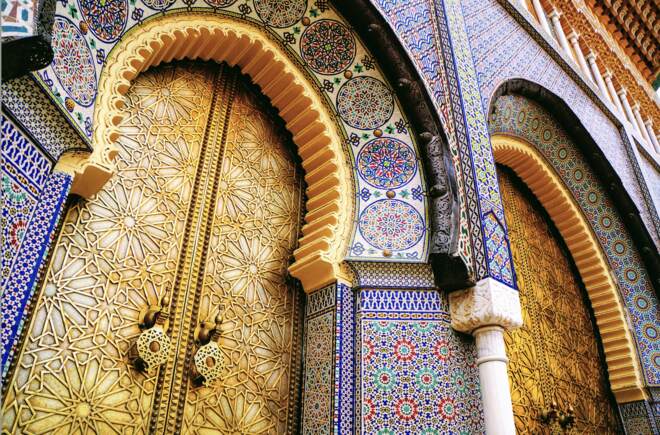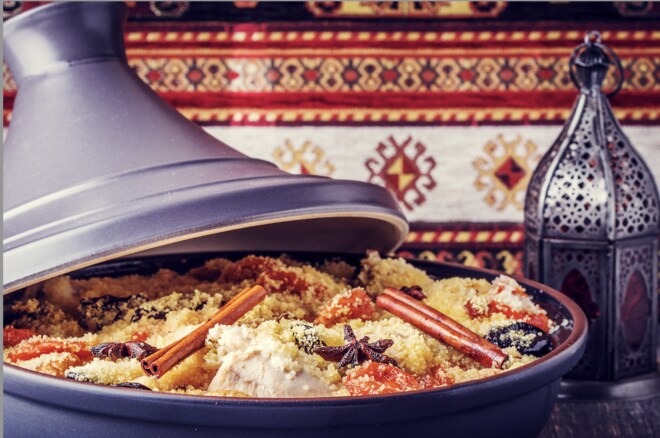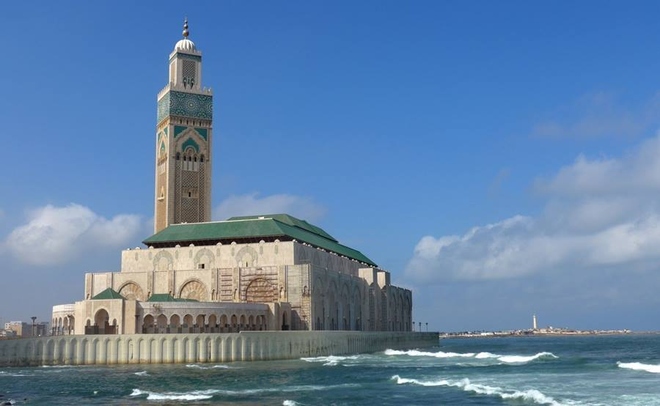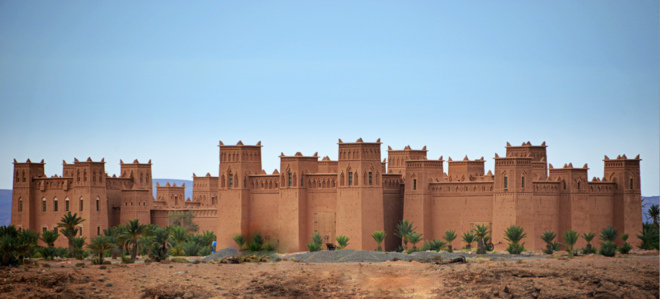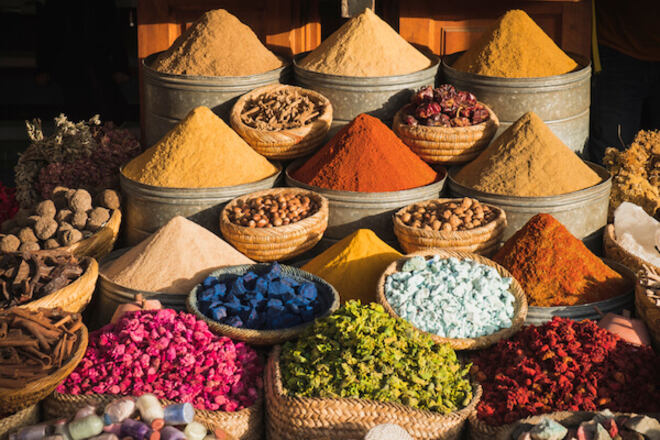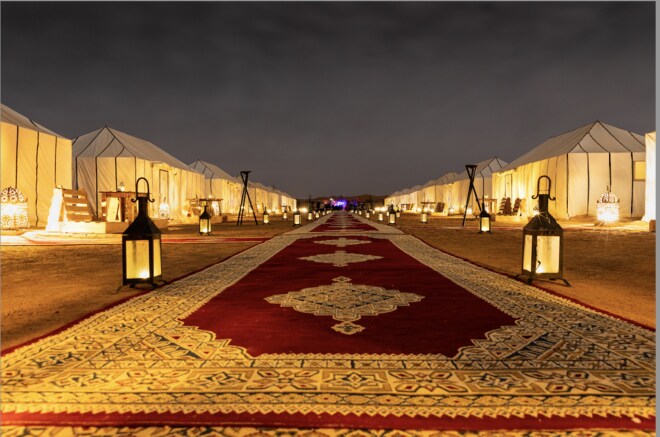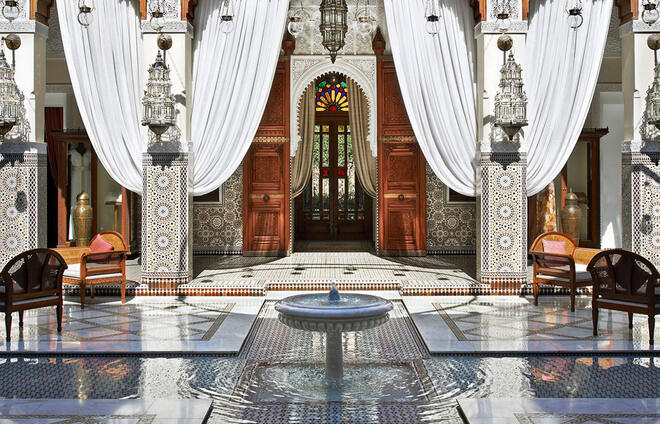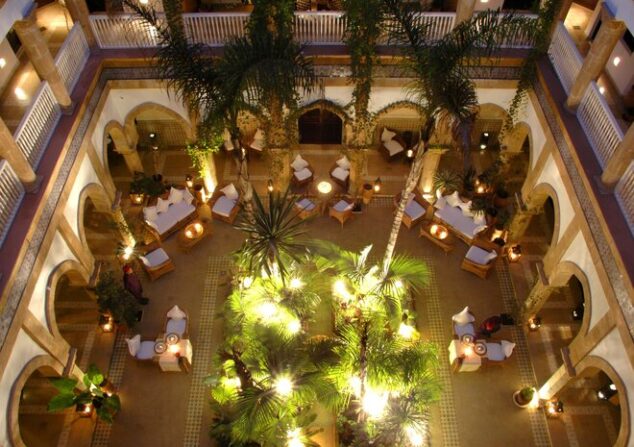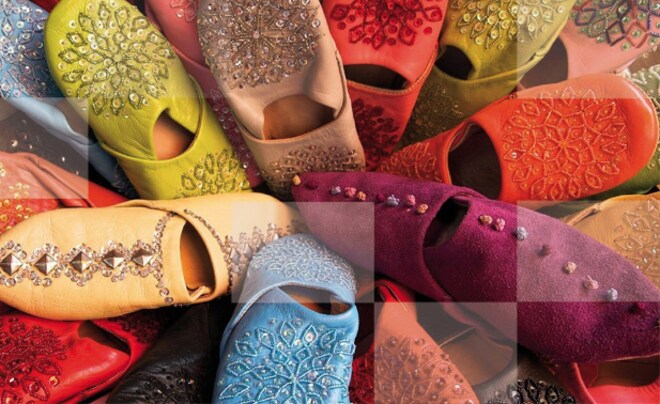
Sahara Desert, 2025
I fell in love with Morocco in 2019 on our first group tour. Maybe it was the sip of sweet mint tea poured from a great height in a Fes cafe. Maybe it was the sweeping views of the Atlas Mountains from our sweet kasbah, dodging donkeys in the labyrinth of the Fes medina or watching the waves crash as we rode camels on the beach in Essaouira. Everything about Morocco feels so thrillingly different. We are now back from this year’s tour full of new amazing experiences, locations and stories to tell. Here are some highlights of our trip just completed last week…
Casablanca
Dar Dada Restaurant, a gem in Casablanca, welcomed guests for the opening night of the tour. This is an authentic Moroccan restaurant in the Casablanca medina with a vibrant atmosphere, wonderful cuisine, live music and belly dancing. Fresh sea bream, a local Mediterranean fish, was on the menu plus other specialties and traditional Moroccan meat and vegetarian tajines. Big smiles from our waiters were appreciated – it was a fun evening!
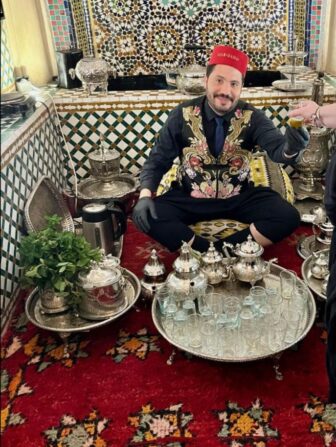 |
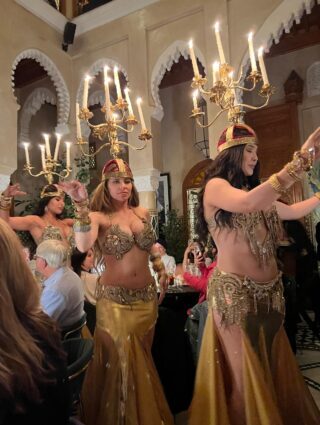 |
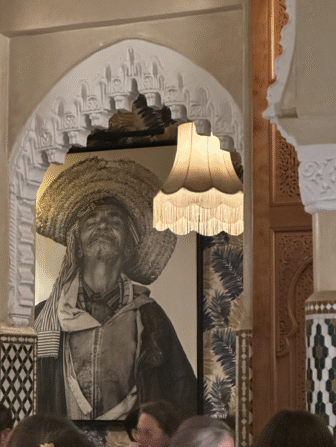 |
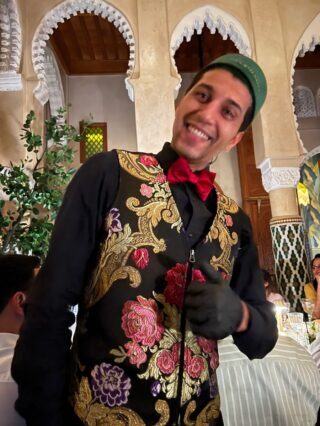 |
Volubilis Roman Ruins
The Roman outpost and archaeological site of Volubilis once housed up to 20,000 people. Now a UNESCO World Heritage Site, Volubilis is believed to have been the capital of Mauritania founded in the 3rd century. Ruins of the forum, basilica, houses and the road for the chariots to reach the arch are to be found here. Many of the houses’ mosaic floors are still intact. Volubilis is a must-see when in Morocco!
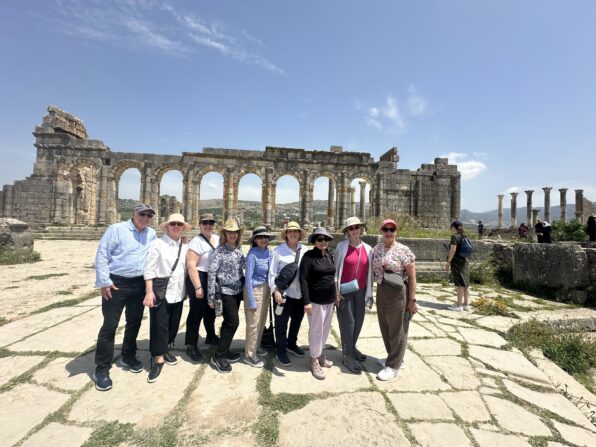
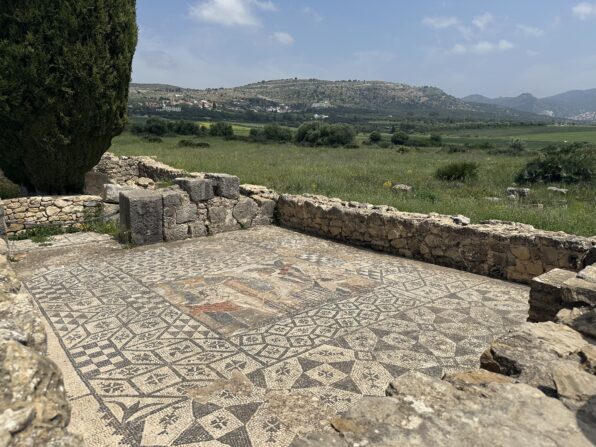 |
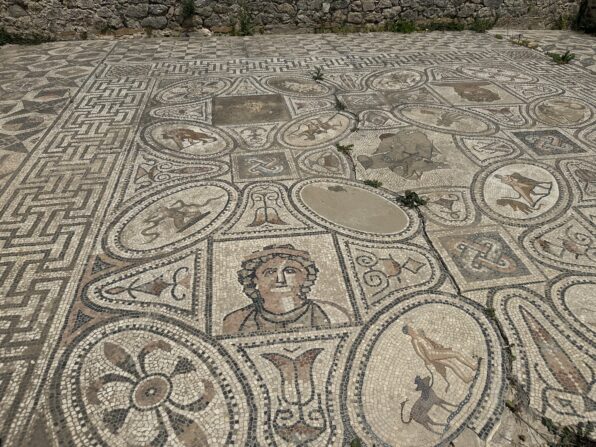 |
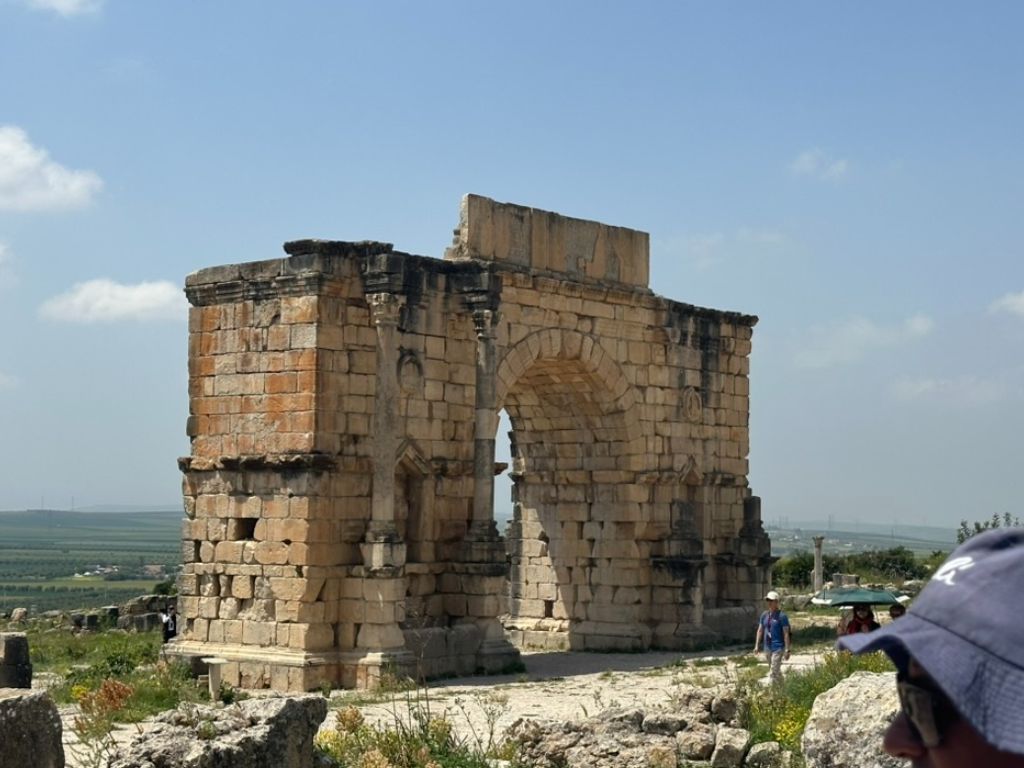
Fes
Fes is a labyrinth of 9000+ streets and alleyways – it boggles the mind when you are in the thick of the ancient medina! Some alleyways are only wide enough for one person. It is easy to see the Fes medina as medieval, exotic and chaotic. For us, it is…for Moroccans, it is not. Although some buildings in the medina are more than 400 years old, Fes is a perfectly modern and functional city. The group saw the highlights of Fes, walked the medina, visited a famous tea house and toured the historic tanneries where leather hides are dyed as they were 100 years ago. Hint: keep a piece of mint near your nose at all times when visiting the tanneries. The smell is overwhelming the first time. It’s a basic idea, but it works!
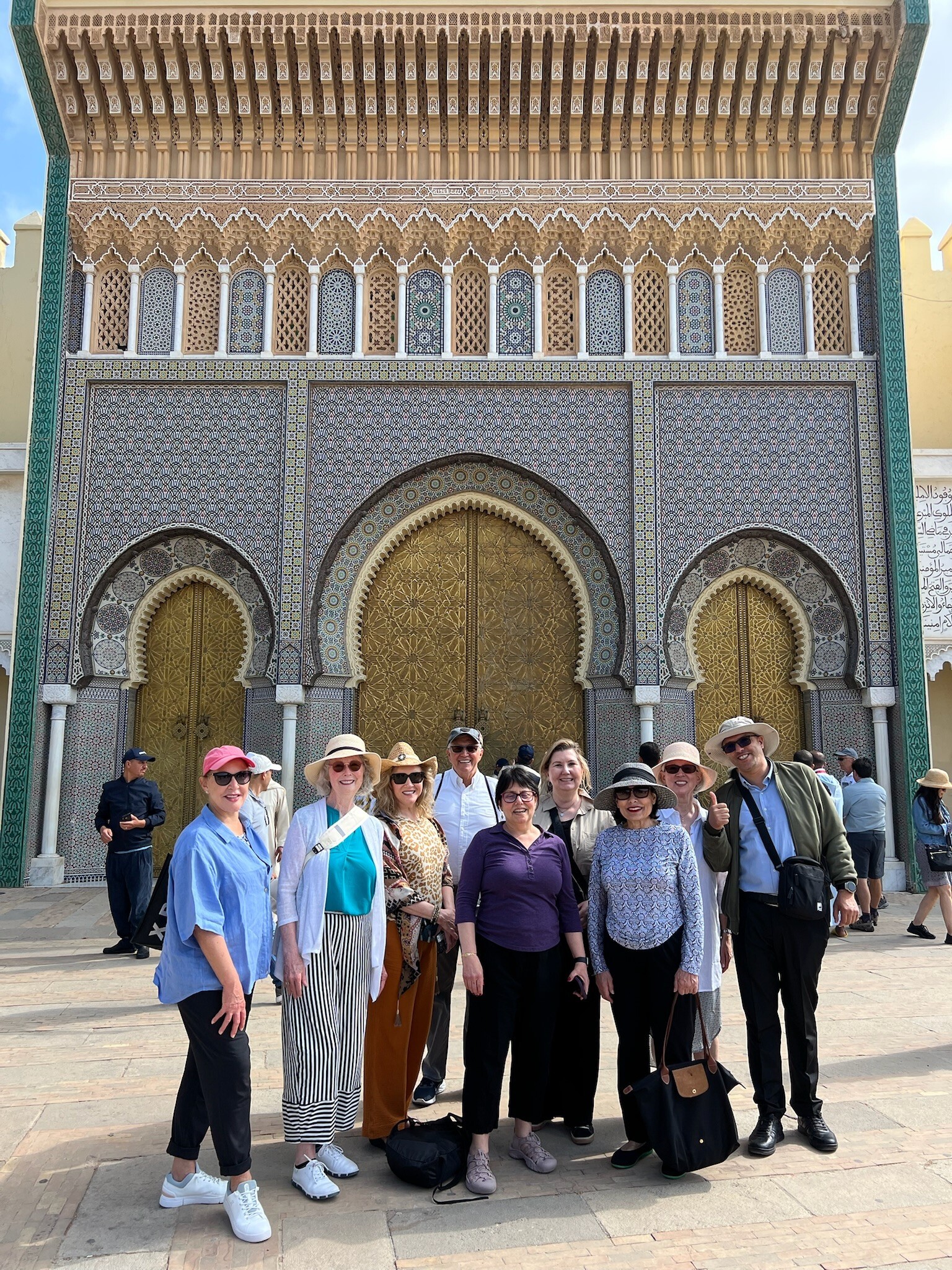
 |
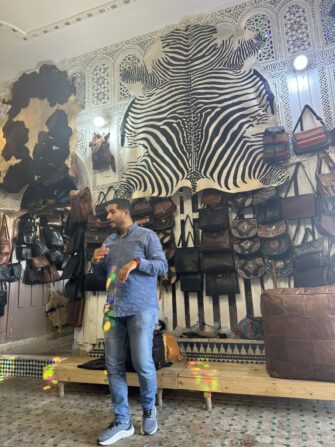 |
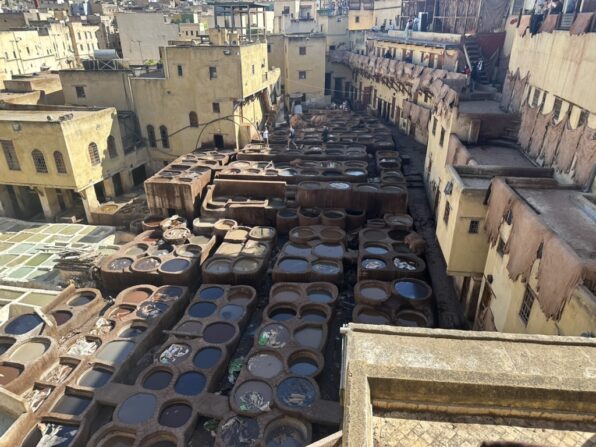 |
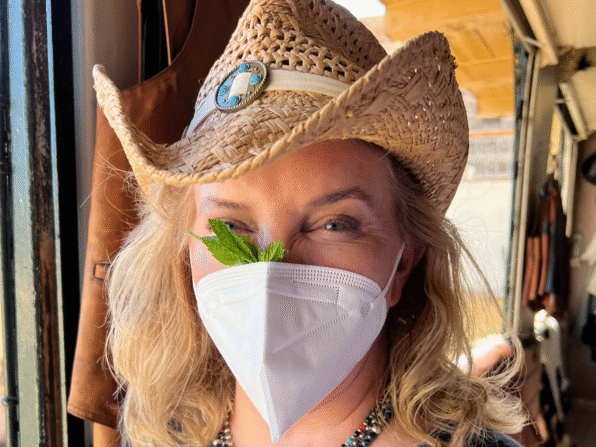 |
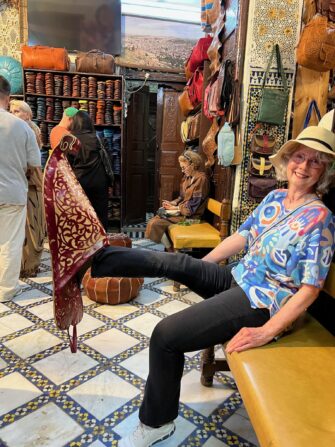 |
 |
Fes Cooking School
The Fes Cooking School, located on the top floor of Palace Amani, was a delight. We shopped at the souks with the head chef for ingredients and spent the afternoon making traditional dishes. It’s the blend of spices with everyday ingredients that creates this unique cuisine. The quality of produce in Morocco also adds to the richness of Moroccan cuisine. Click HERE for the Chicken Tajine Dermera recipe we made at the cooking school. This recipe calls for chicken liver but we didn’t use it and it was still delicious! The secret of this recipe is to cook over heat for a long time to make the chicken tender. Serve it in an earthenware tajine pot warmed in the oven. Yum!
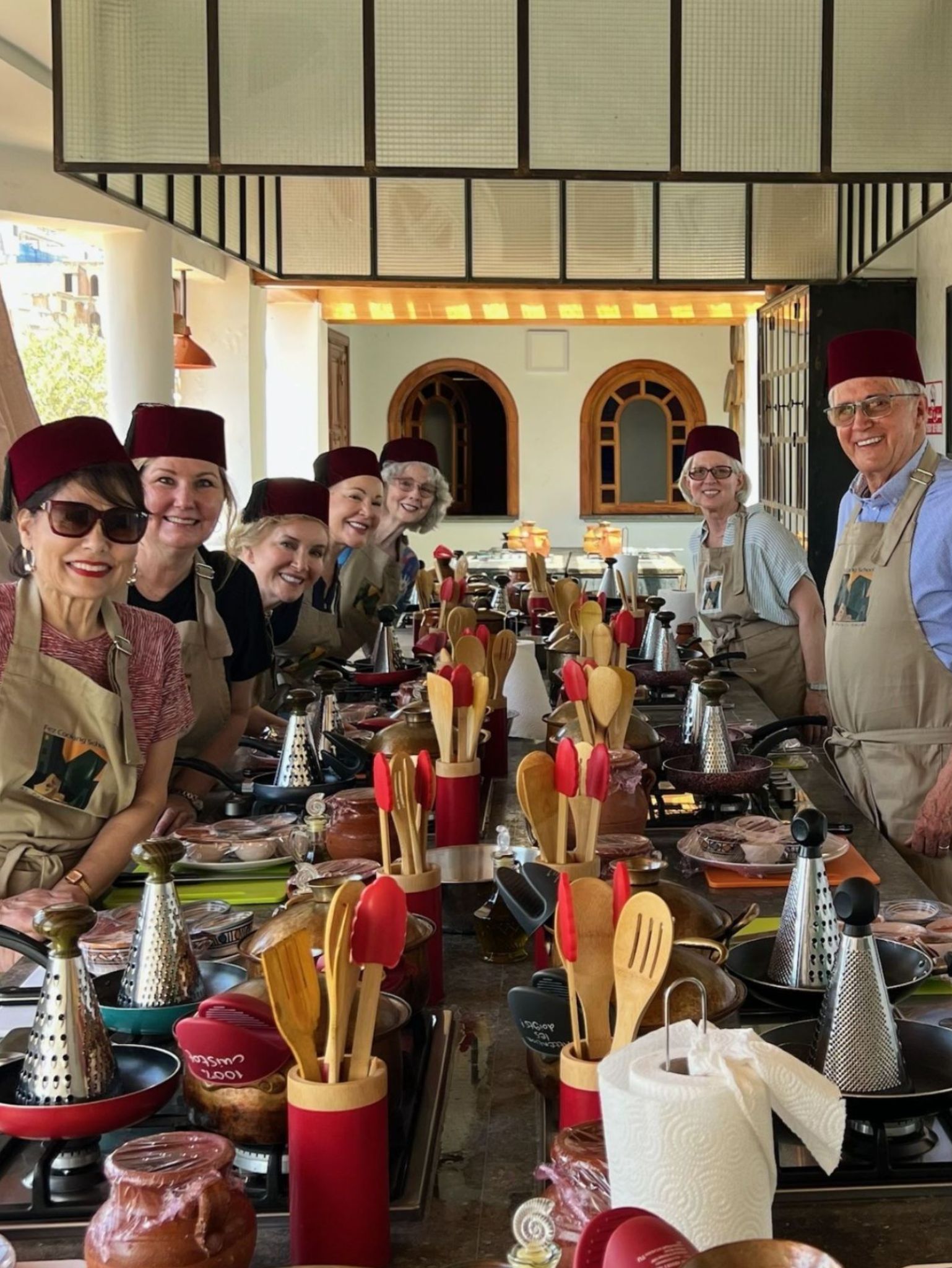
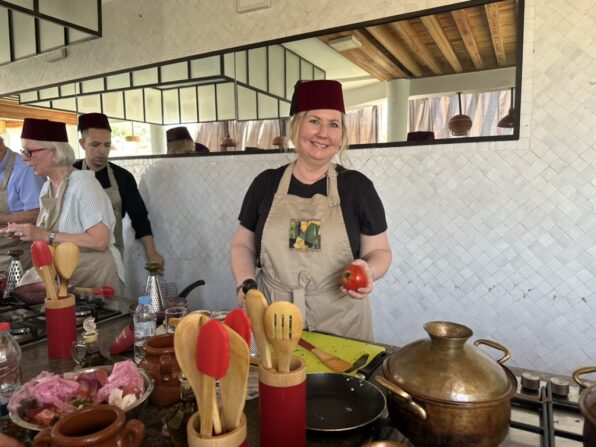 |
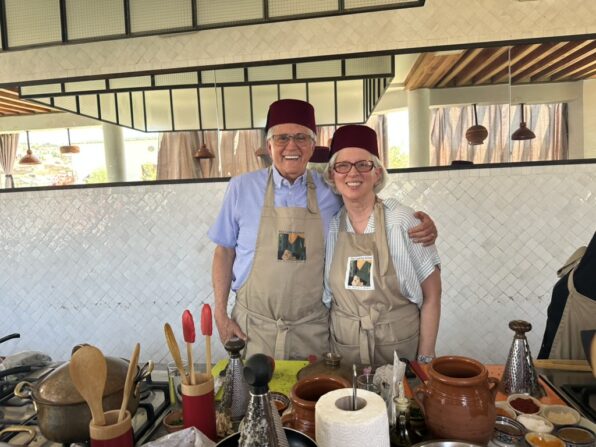 |
Lunch With A Berber Family
The Ziz Valley is a fertile oasis in Mid-Atlas of central Morocco. As we traveled from Fes to the Sahara, it was a lunch stop. The valley itself is a dense canopy of palm trees wedged between striated cliffs. The Ziz Valley is known for growing dates which are harvested once a year and are a source of income for families in the valley. We were treated to lunch in a Berber home, meeting the family, children and two brothers who played music on their handmade goat-skin instruments. They never stopped smiling!
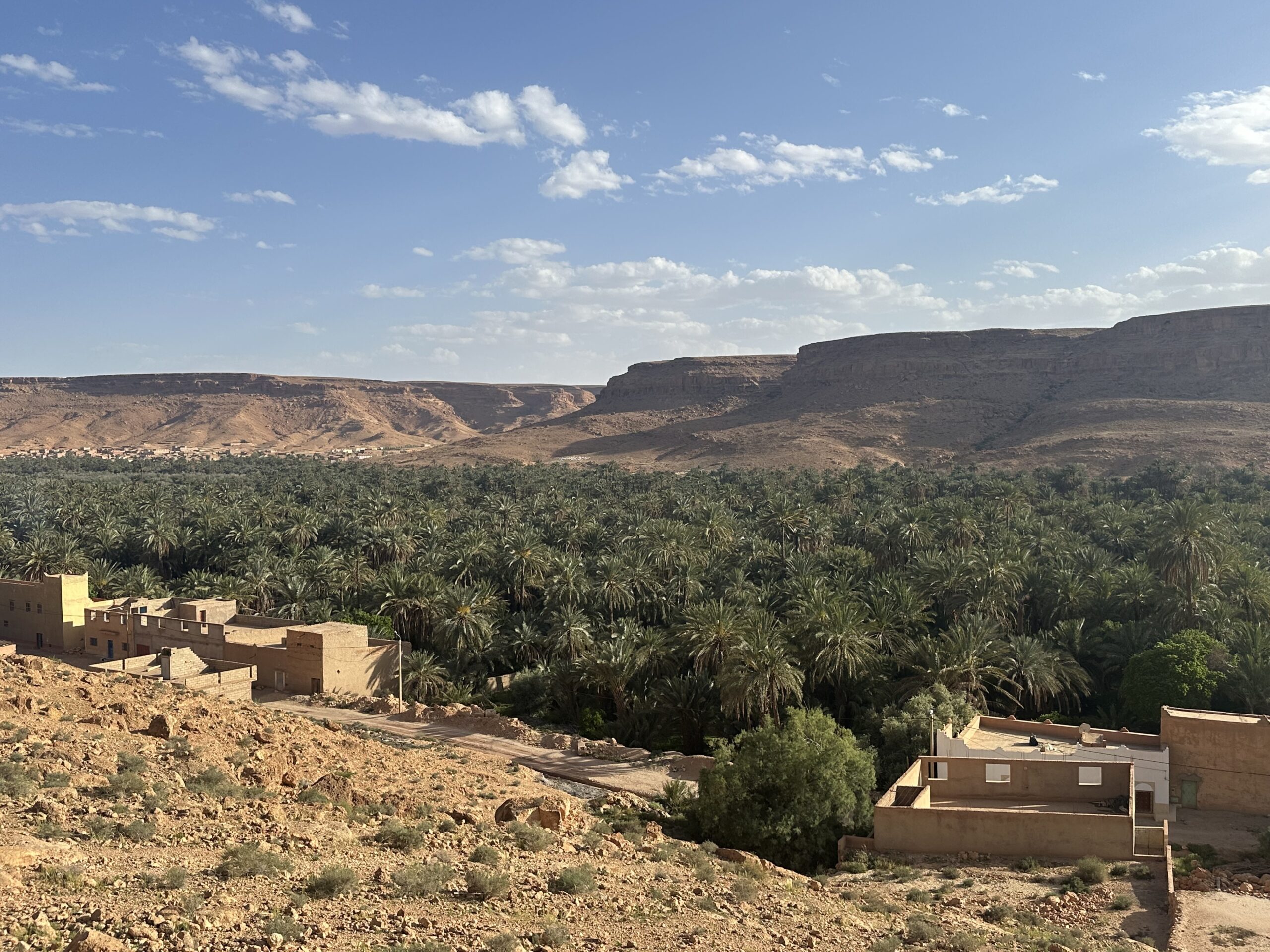
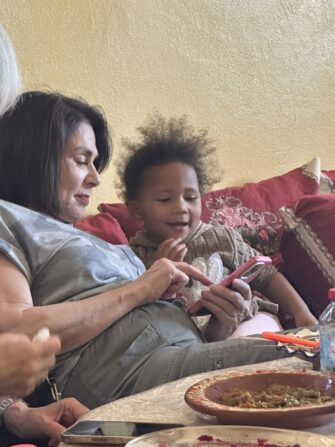 |
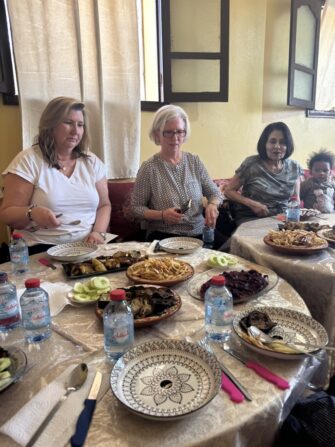 |

Gnawa Music
Gnawa music of the Sahara is a fusion of sub-Saharan African and North African traditions. The music combines traditional music & dance which is rooted in the religious and cultural heritage of the Gnawa people. It features distinct sounds using instruments like the karkab (a metal rattle), ghembri (a skin-covered lute) and the tbr (a hand-held drum) set to dance. We were treated to this performance near our camp in the Sahara.
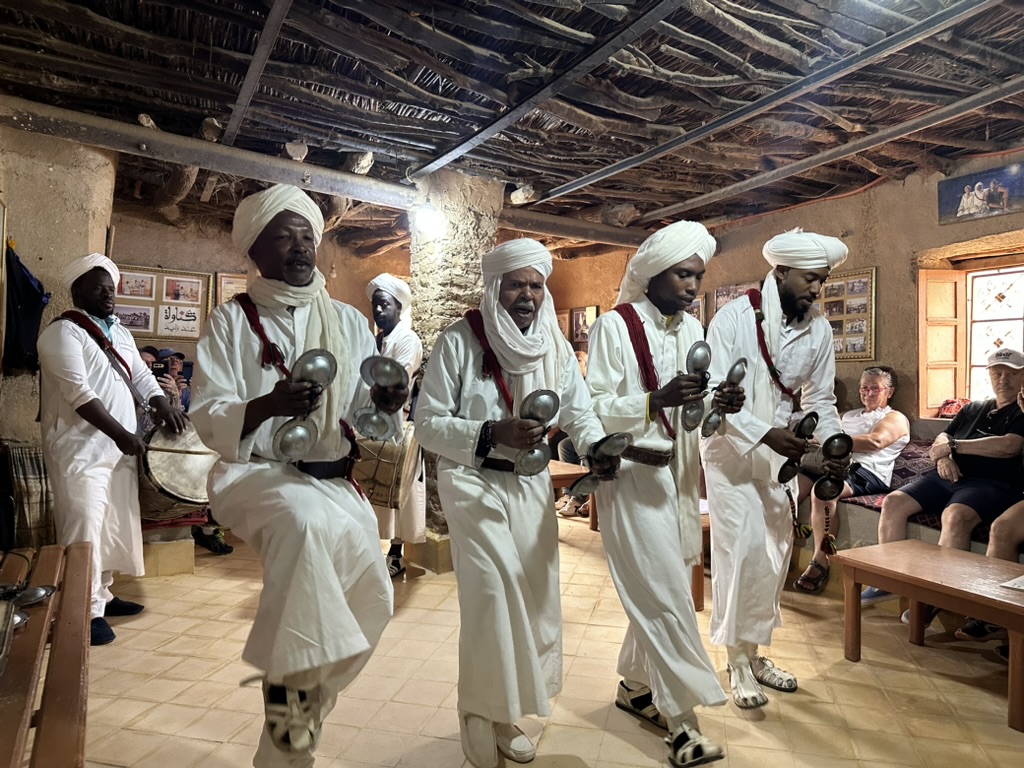
Sahara Desert Camp
The Sahara Desert Camp was probably one of the highlights for most everyone on the trip. The desert setting, the culture of the desert, he camels and the camp itself were incredible. The camels are well-trained to follow in a line behind the head walker. The ride was about 1-1/2 hours with a stop along the way. The setting is otherworldly and serene. We arrived at camp as the sun was going down to be greeted by a roaring fire and appetizers (we brought our own wine – Muslims do not drink alcohol). The Bedouin tent for each guest was glamping at its finest with all the amenities. The hosts could not have been more welcoming or gracious. This experience was a lifetime memory…all the comforts of home in the middle of the Sahara!
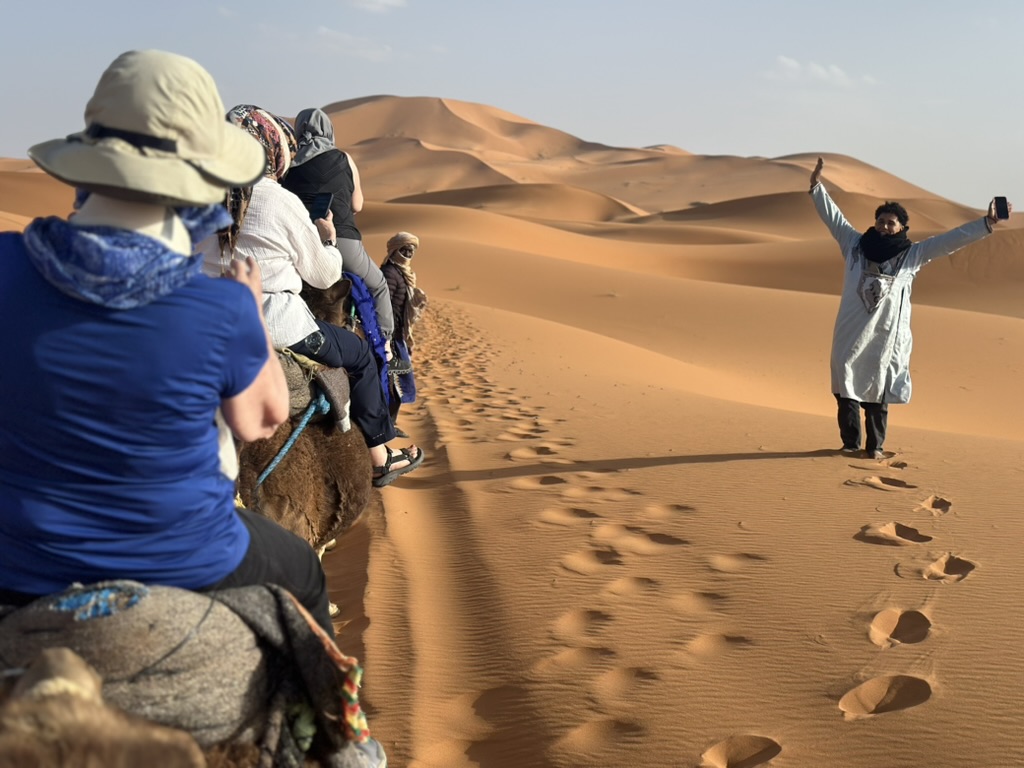
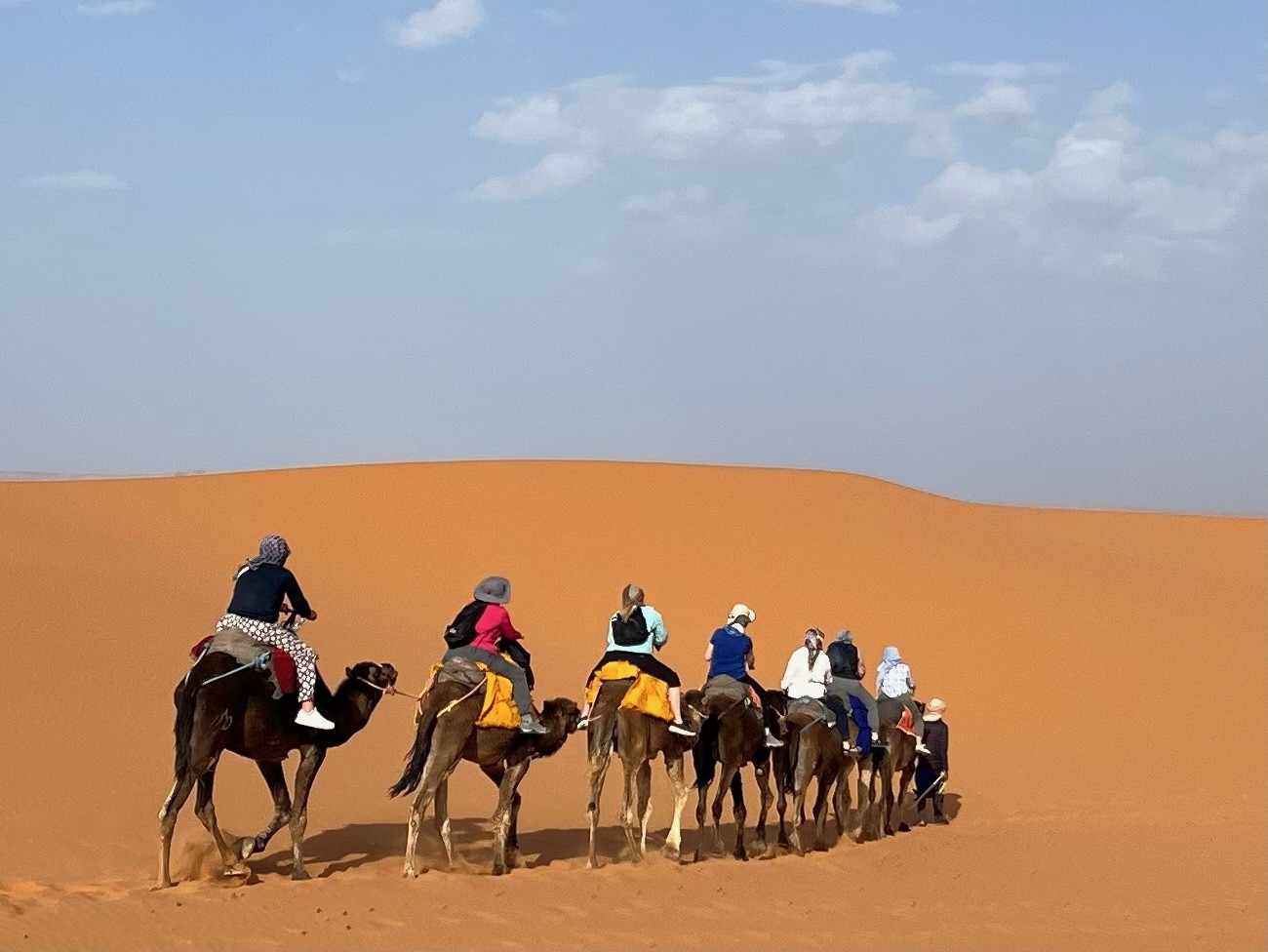 |
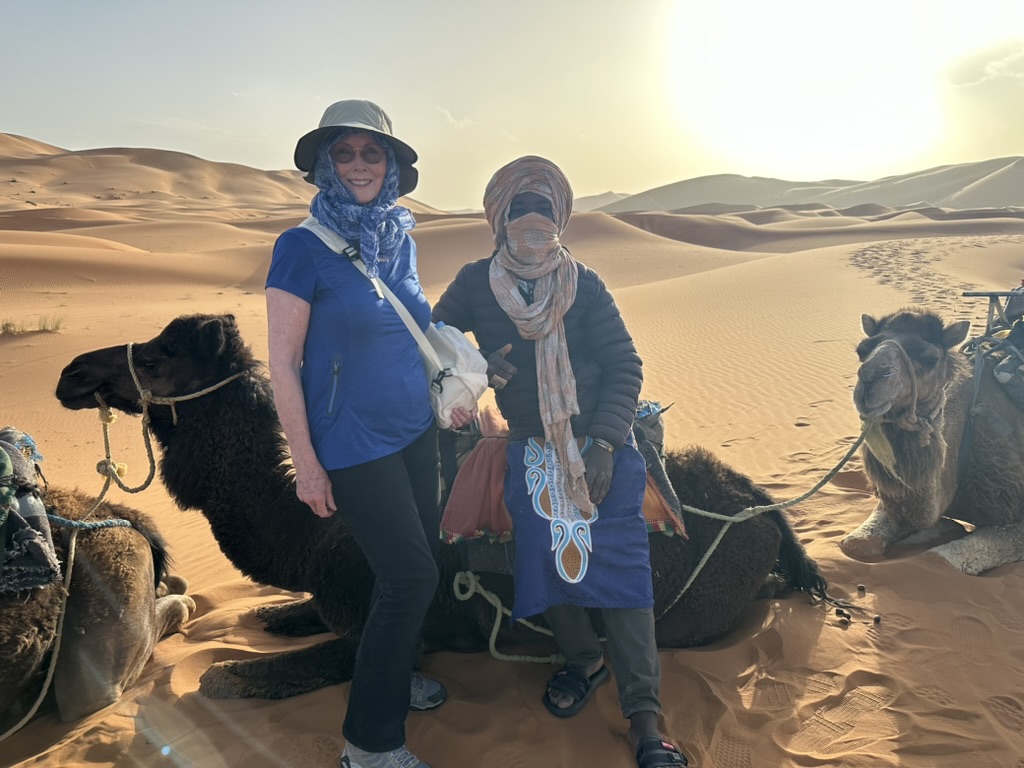 |
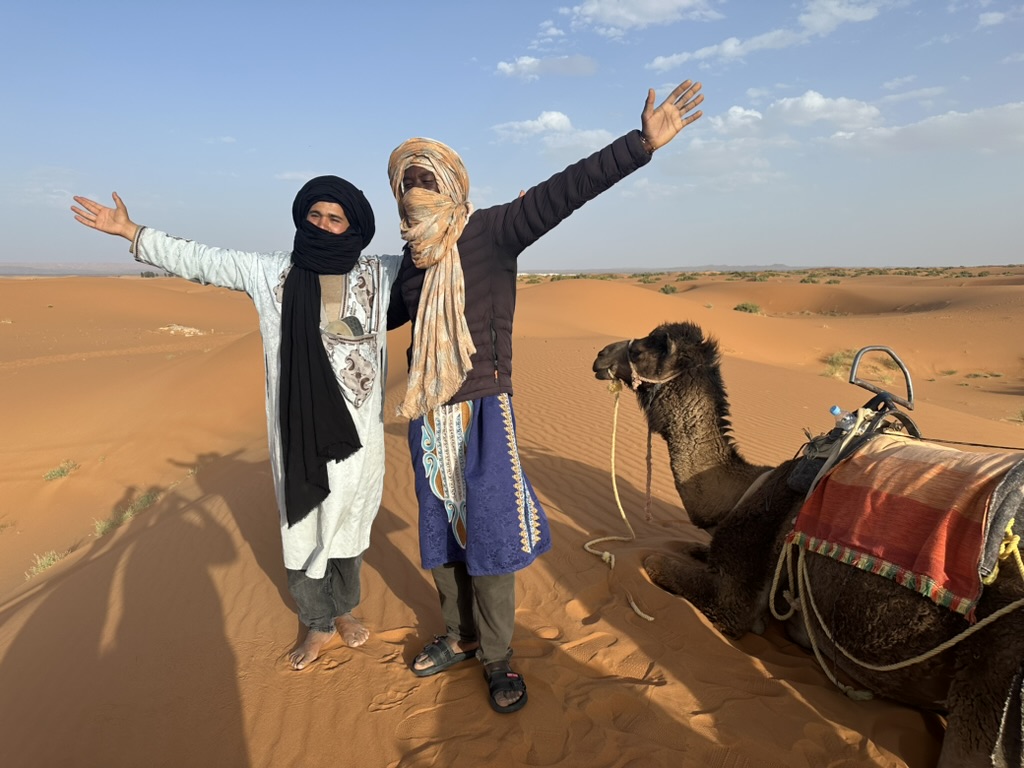 |
 |
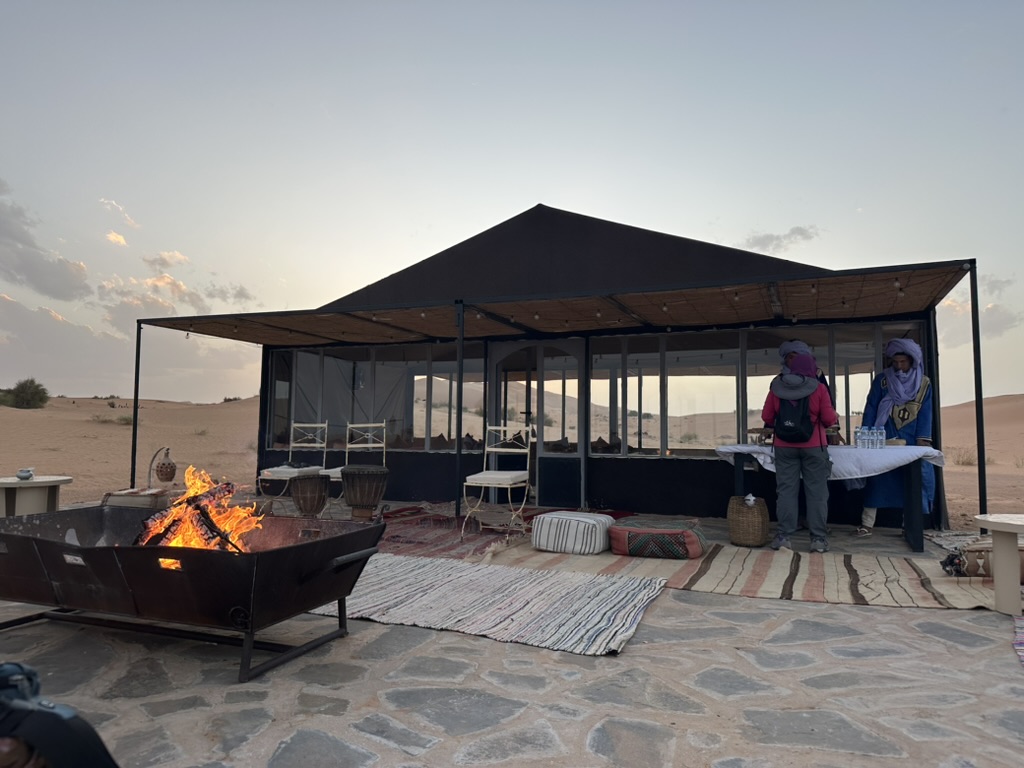 |
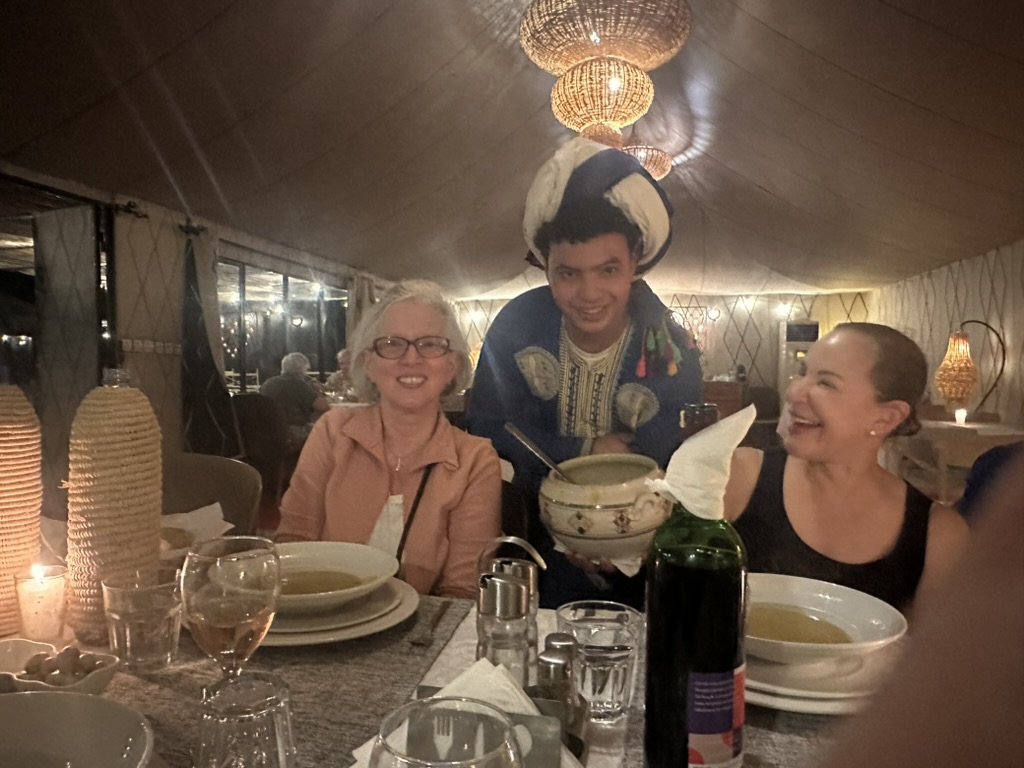 |
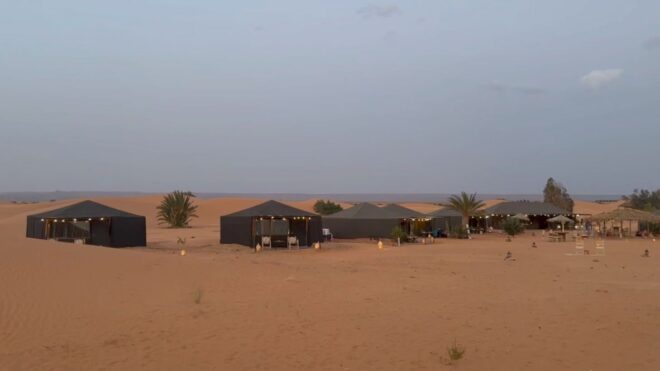
Aït Ben Haddouu
One of the most iconic sites in Morocco is Aït Bennhaddou, now a UNESCO World Heritage Site, which was once a trading post on the caravan route between the Sahara and Marrakech. It is a red mud-brick ksar or fortified village. It would seem frozen in time in the 11th century but it has now been given over to tourists with stalls, shops and galleries. Movie buffs may recognize it from Lawrence of Arabia, Jewel of the Nile, Gladiator and Game of Thrones.
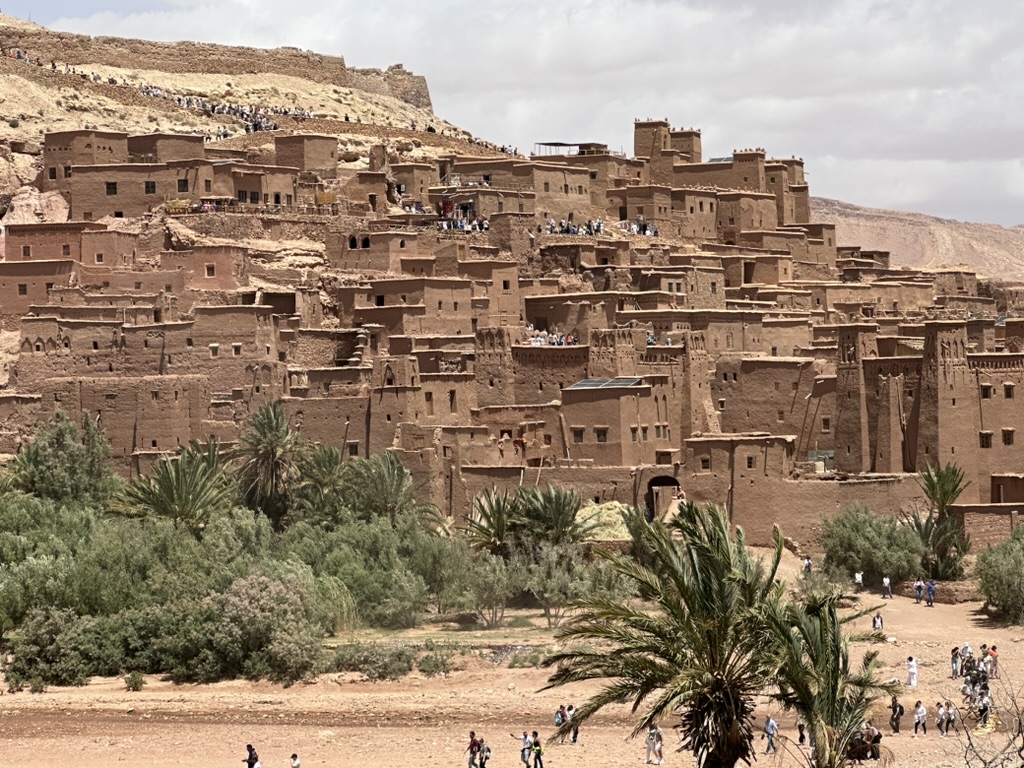
High Atlas Mountains
Ahh..this kasbah is truly special! After several days of travel, we took a day off to relax and regenerate at Kasbah Baba Ourika in the High Atlas Mountains. This was one of my favorite spots on our 2019 tour and I was so happy to return to this slice of heaven….good food, peace, tranquility and listening to the birds sing. Kasbah Bab Ourika affords panoramic views from the top of a mountain with beautiful grounds offering pools, a spa, a labyrinth, hidden sitting areas, a vegetable garden, a library and a resident donkey named Pepito.
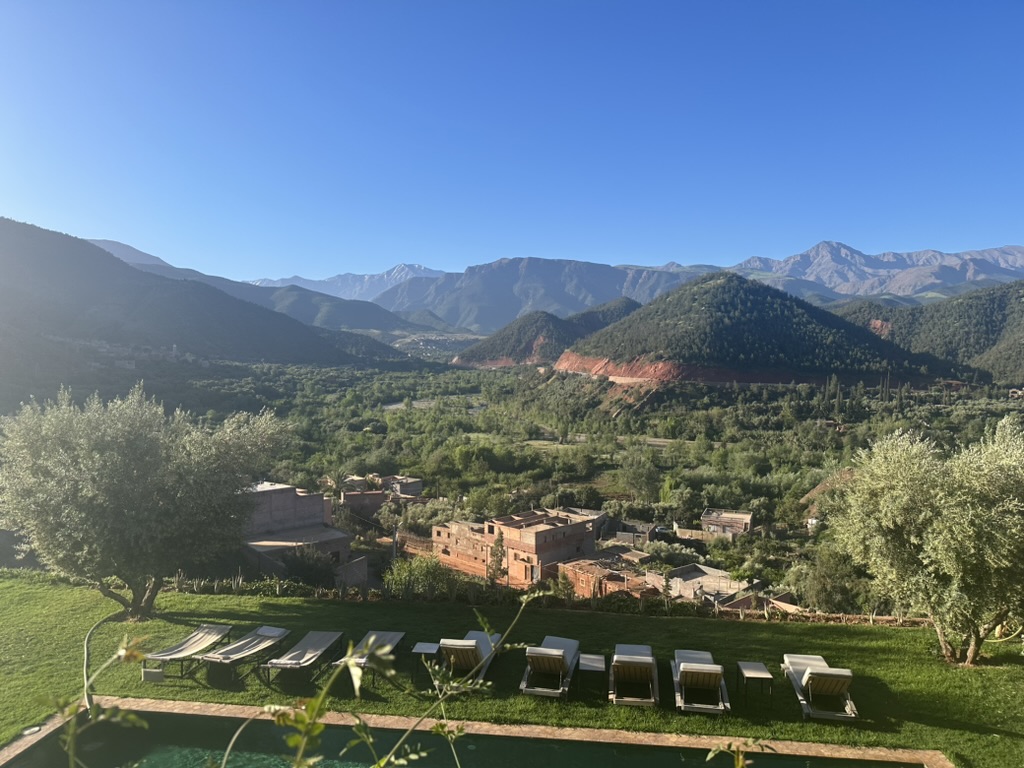
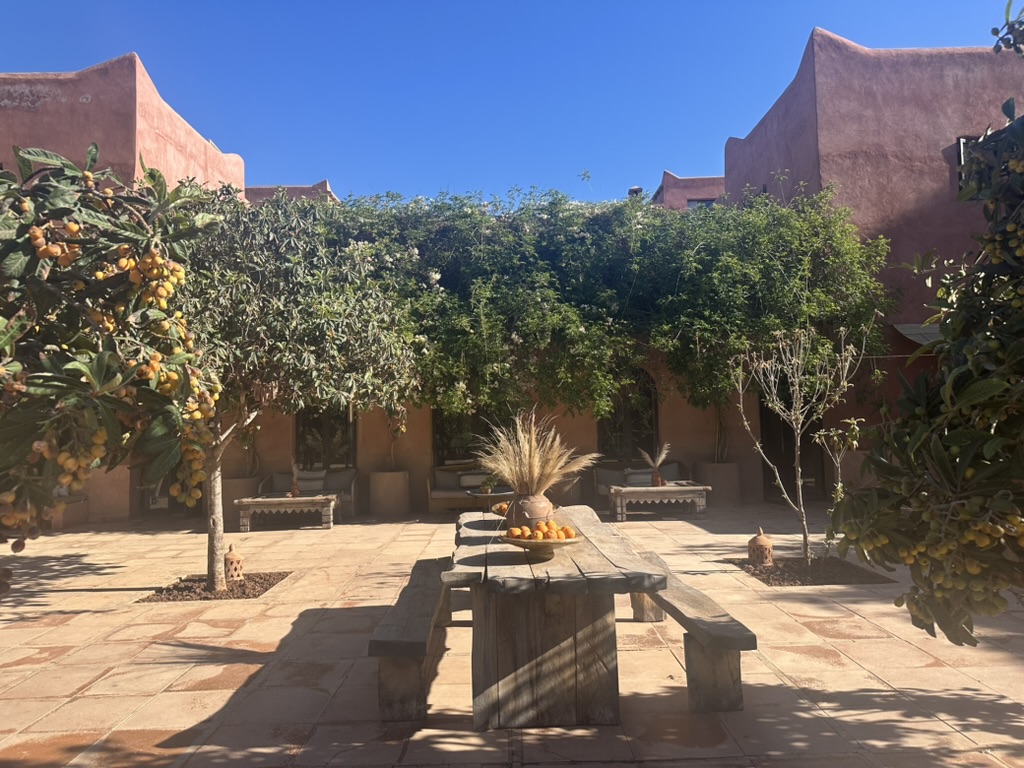 |
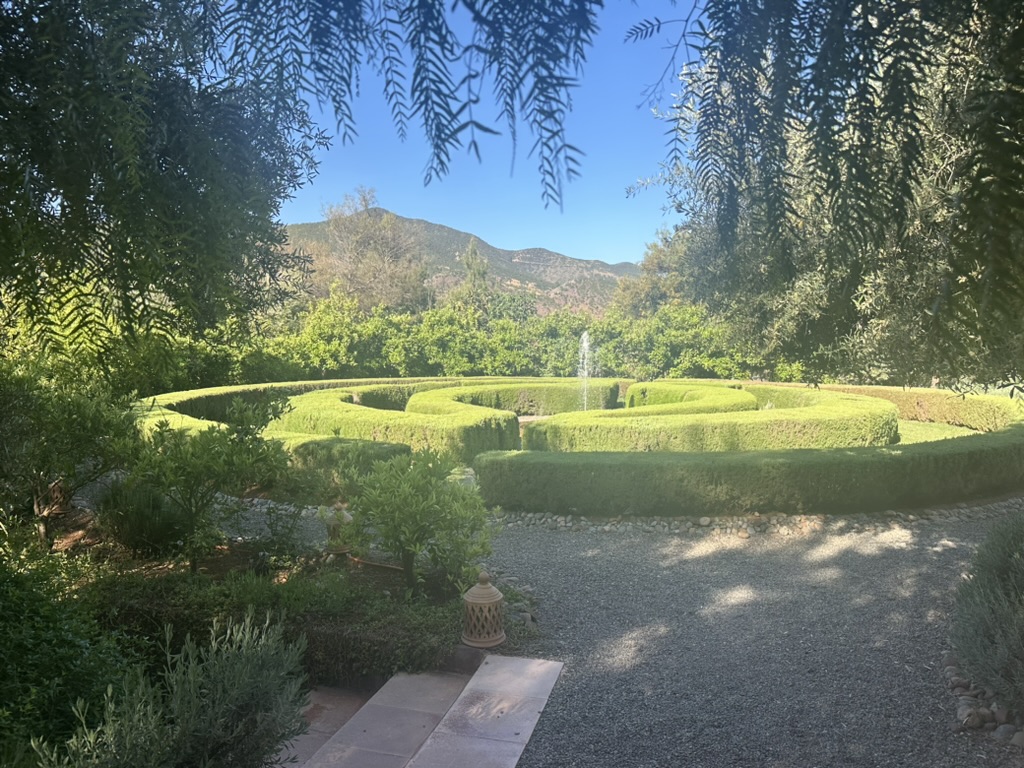 |
 |
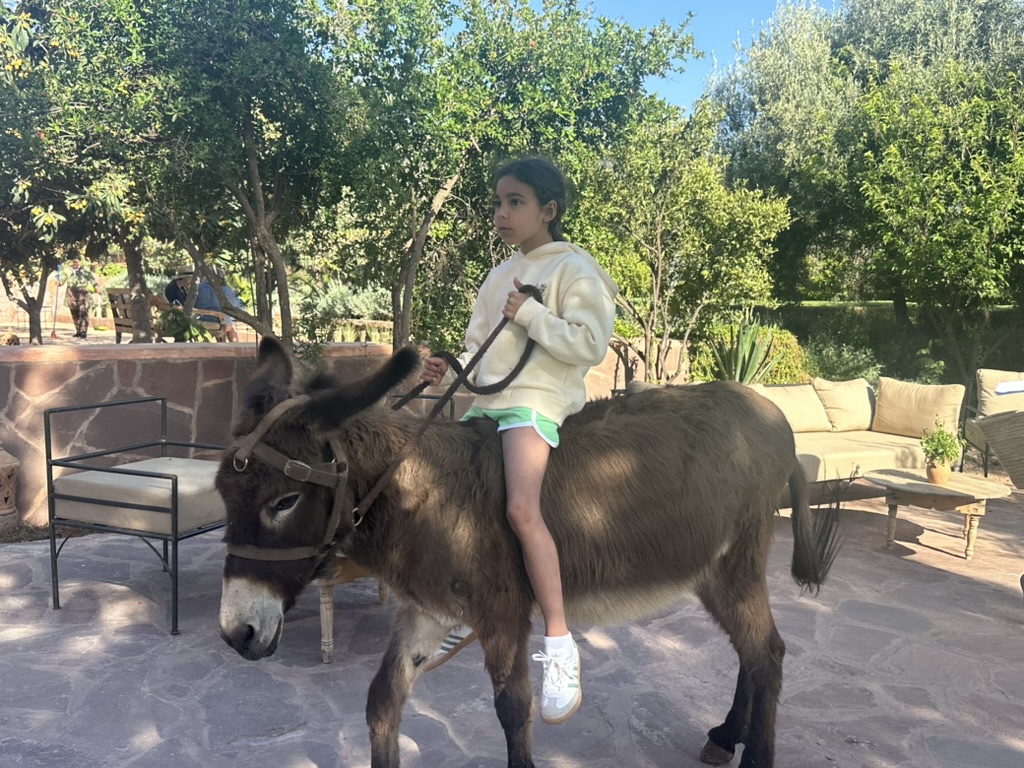 |
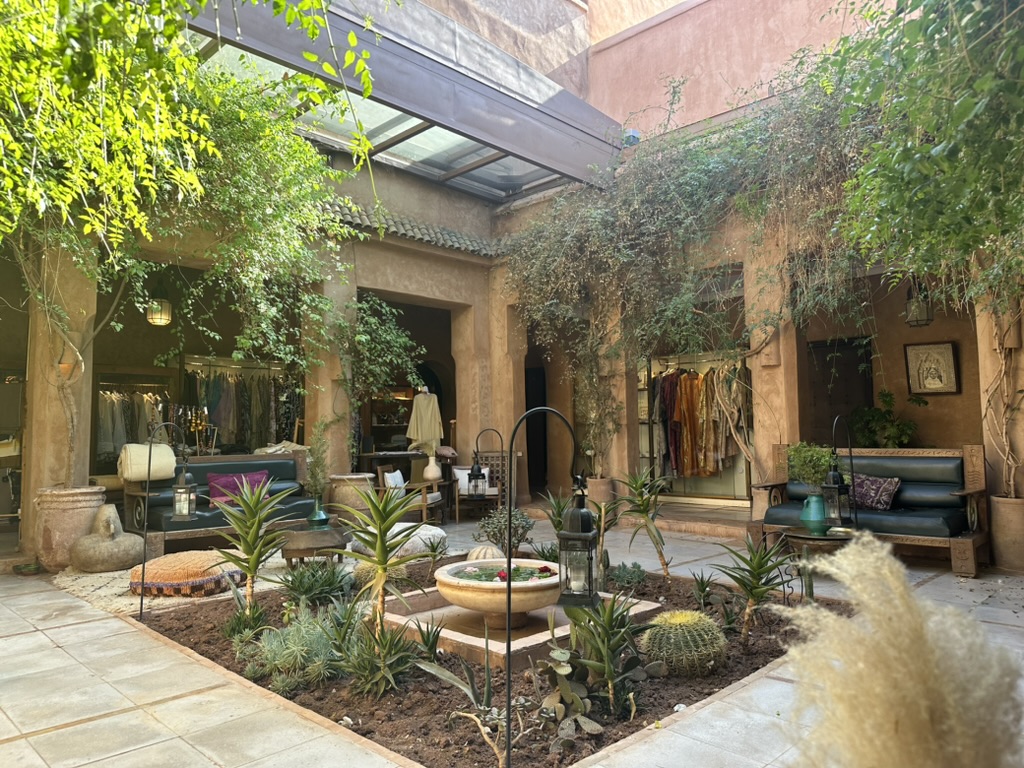
Saffron Farm & Botanic Garden
We met Christine, a Swiss woman who upended her life to start a saffron farm and botanic garden in the Ourika Valley. This is a beautiful spot with lush gardens, fruit trees, potted herbs, a wonderful garden restaurant and foot baths of herbs and flowers. Christine has educated many visitors about saffron which she grows on her land. Her saffron is harvested once a year by hand by the local women. There are only three stigmas (female pistils) per flower that are painstakingly removed and dried to make saffron. We learned about imitation safron often sold in the markets (strands can be made of plastic, hair, meat, etc.). Real saffron is expensive and worth every cent. Crush the threads, steep it in a bit of hot water to release the color and aroma and pour is over rice dishes, stews, soups and even desserts. Her saffron-infused dishes were wonderful!
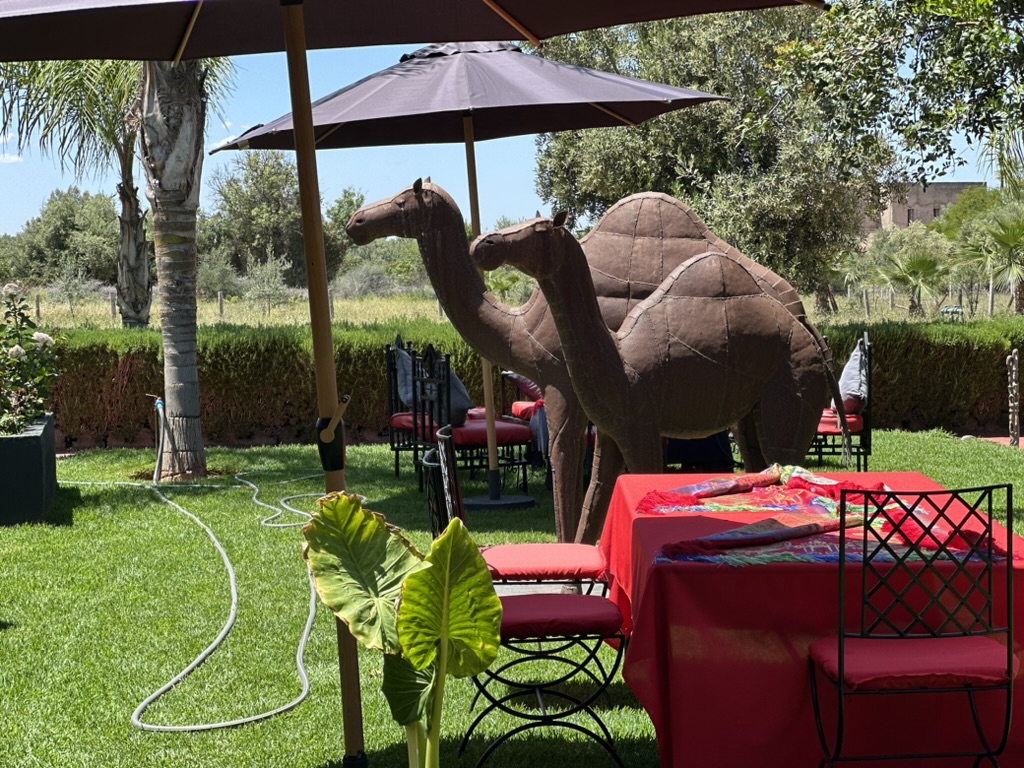
 |
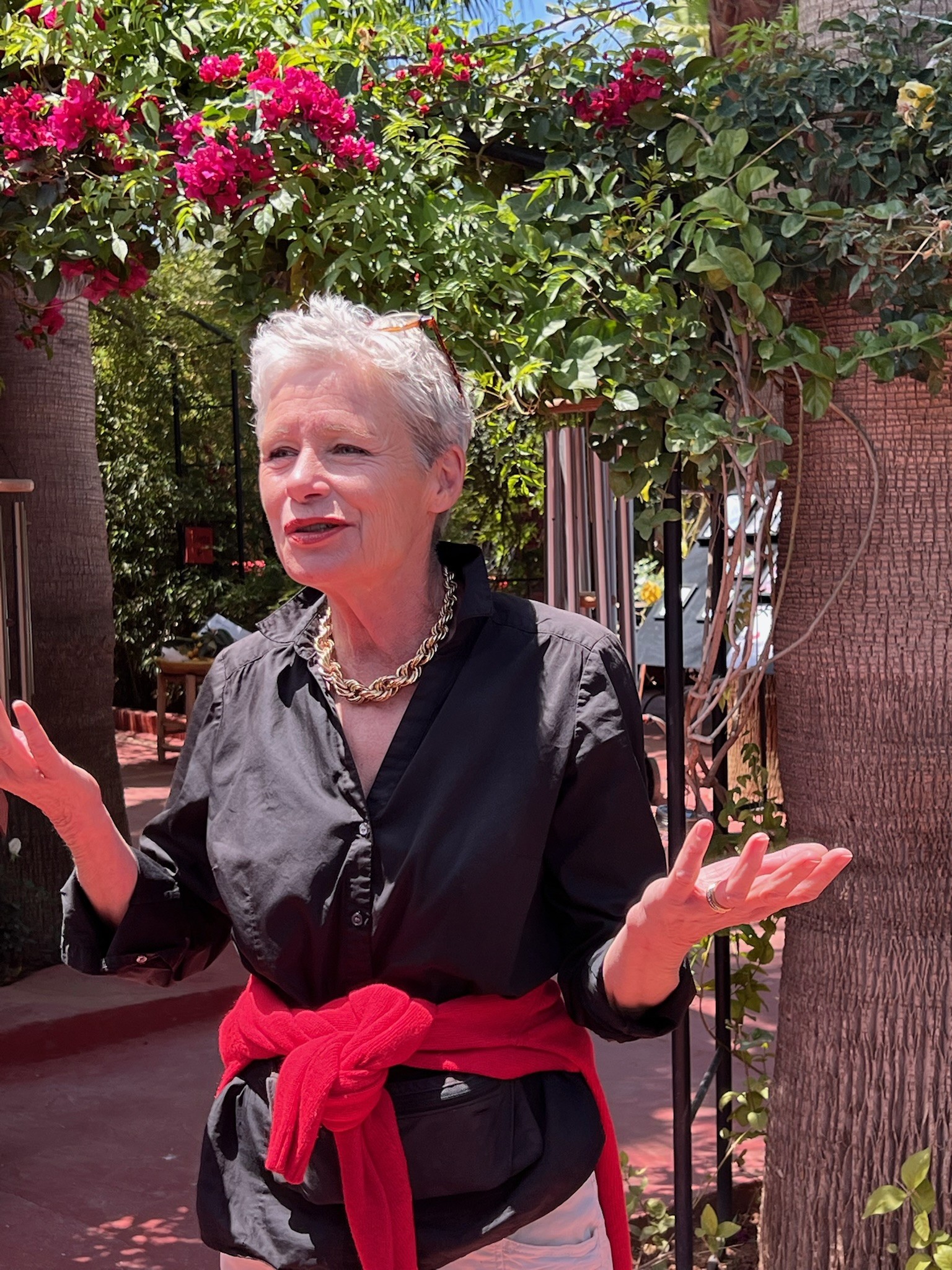 |
 |
 |
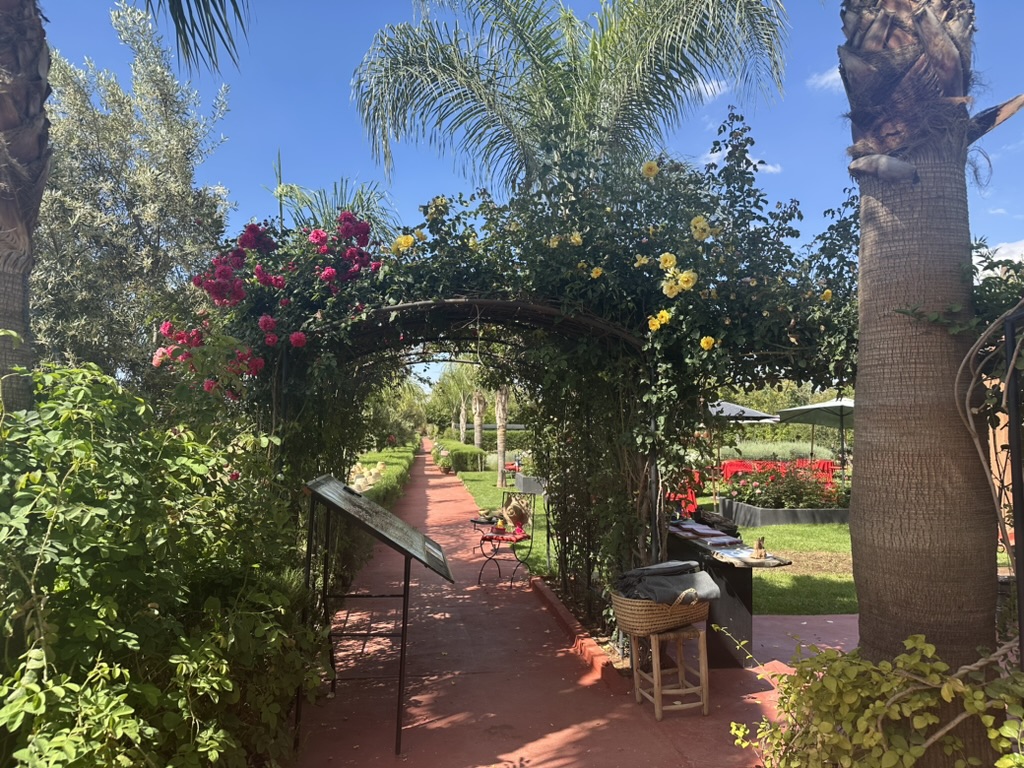
Marrakech
Our delightful historic guide, Jaouad, led us through Marrakech. This is where having a guide makes all the difference! Marrakech is very busy with traffic, pedestrians and motorcycles darting in and out of in every direction (you never want to go to Marrakech and drive yourself!). We toured the Karouine Mosque from the outside and Bahia Palace from the inside. Bahia Palace is a 19th-century palace that was built by the minister of a sultan for his personal use. With four wives and 24 concubines, he was a busy man! The palace was named after his favorite wife, Bahia. It is famous for its stunning architecture, intricate mosaics, ornate wooden ceilings and vibrant colors. Each room off the main courtyard housed a concubine.
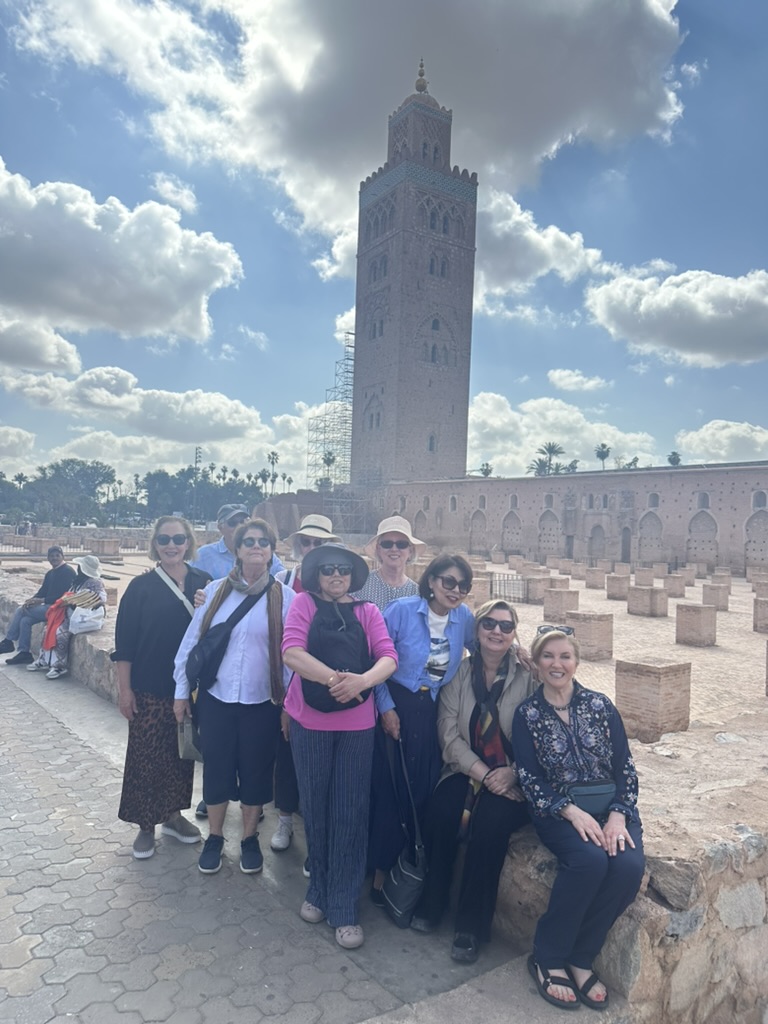 |
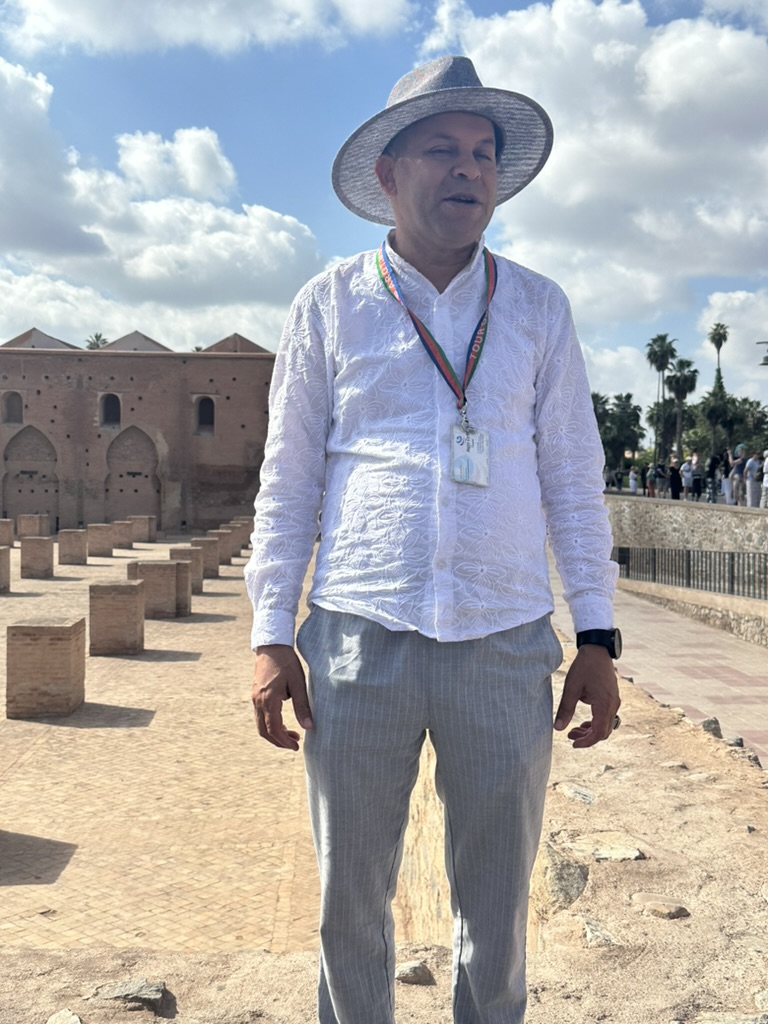 |
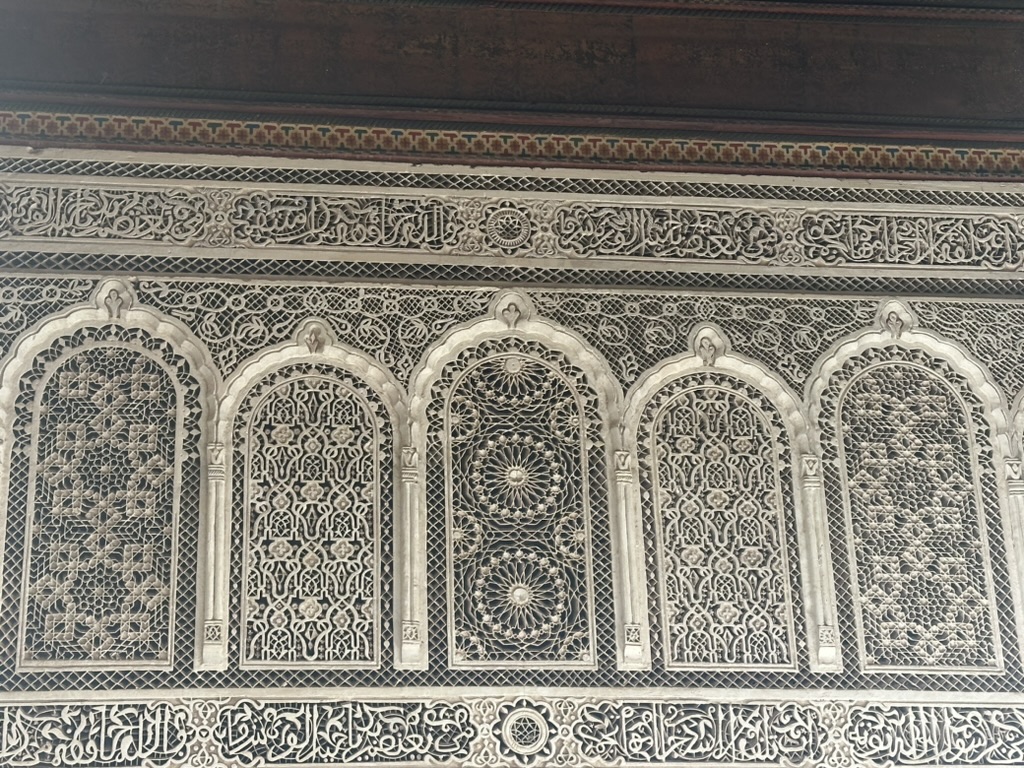
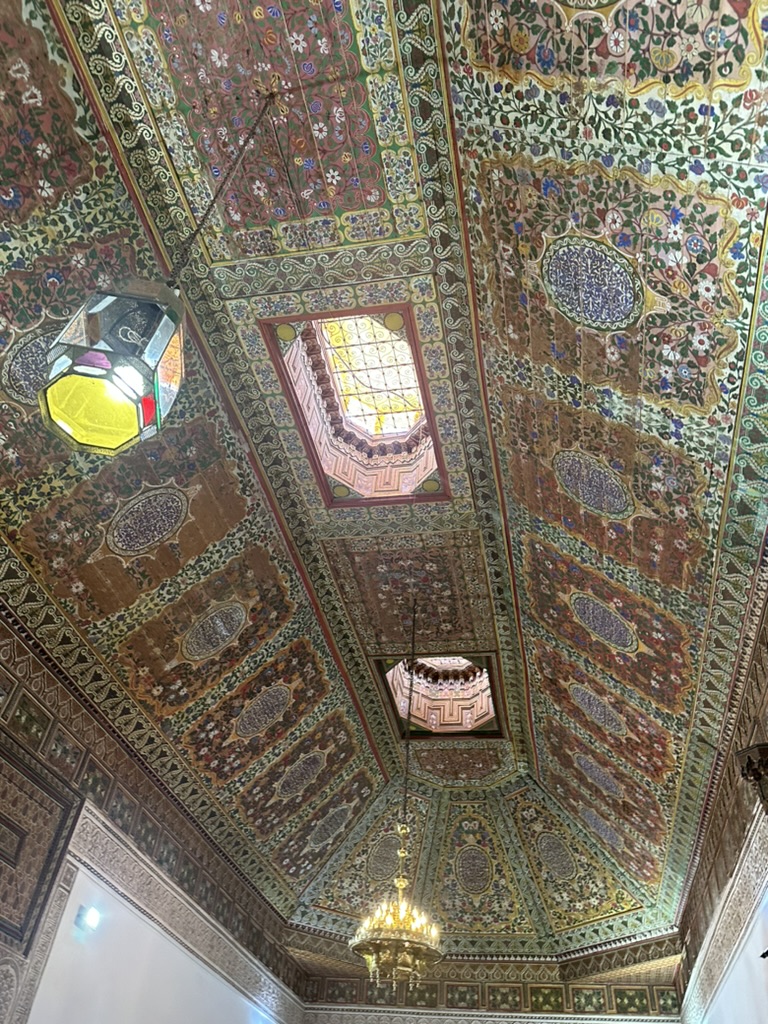 |
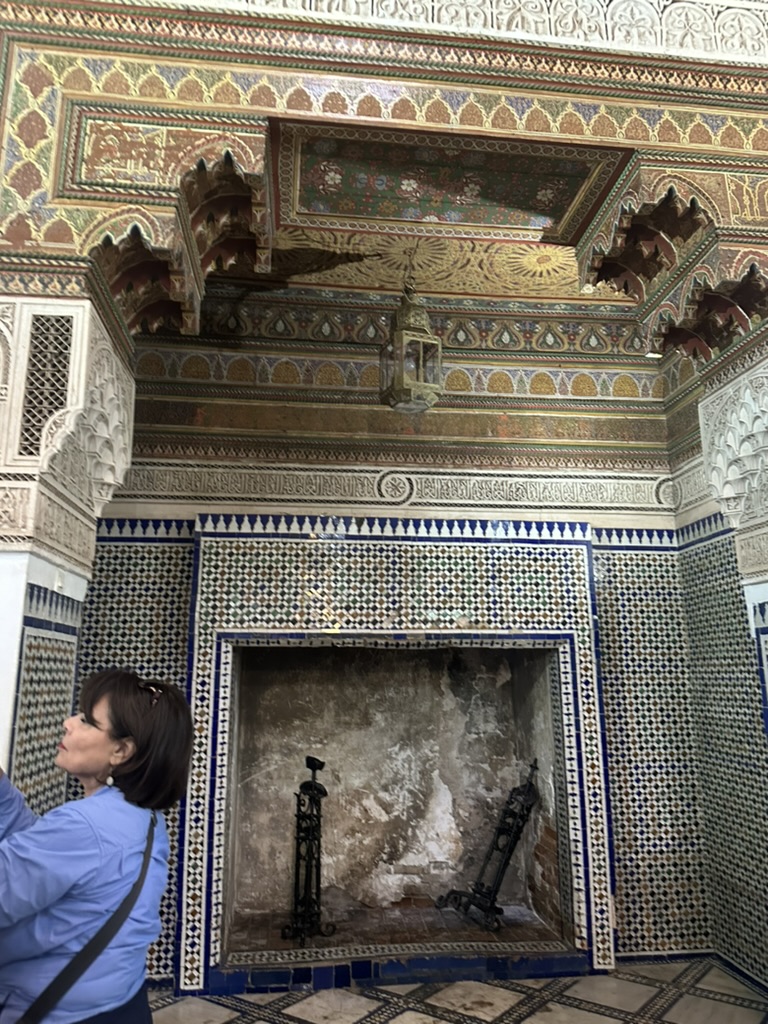 |
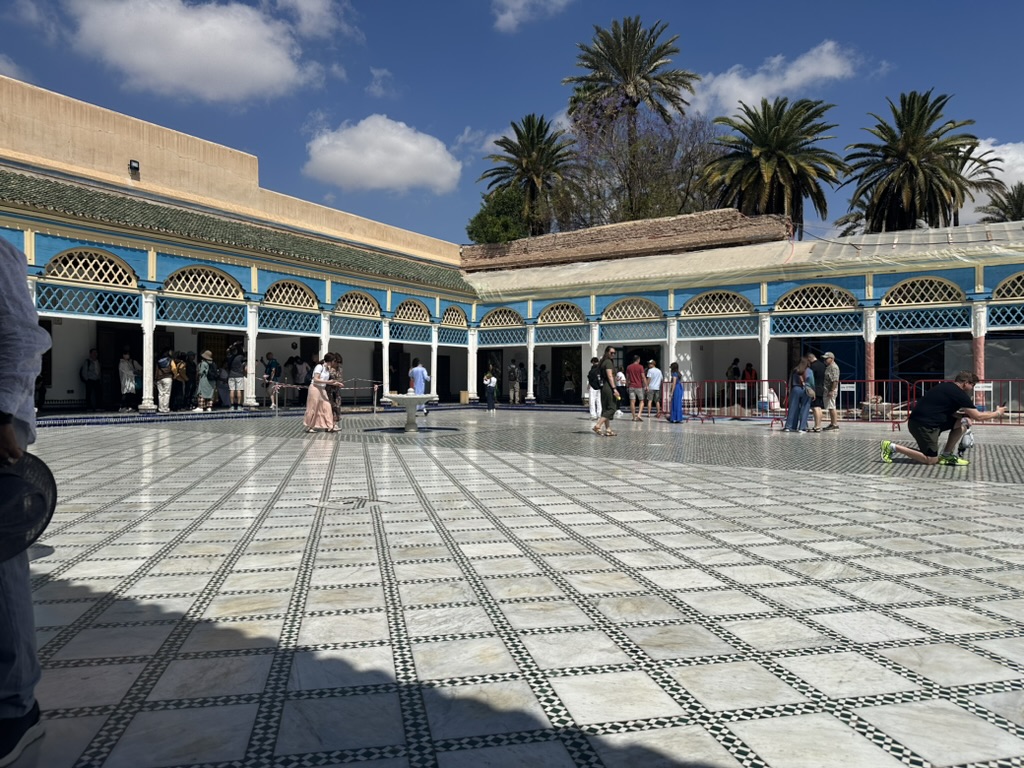
Shopping in Marrakech
Shopping in the medina is an absolute must when visiting Marrakech and bartering is almost a duty. We hit the stores with Jaouad who led us through the medina with precision and language support. What an afternoon of ‘shopping by committee’. So much fun! We saw antiques, jewelry, a compounding pharmacy, Moroccan clothing, lighting, rugs and all kinds of souvenirs. Needless to say, this was a great way to spend the last day with the group in Marrakech.
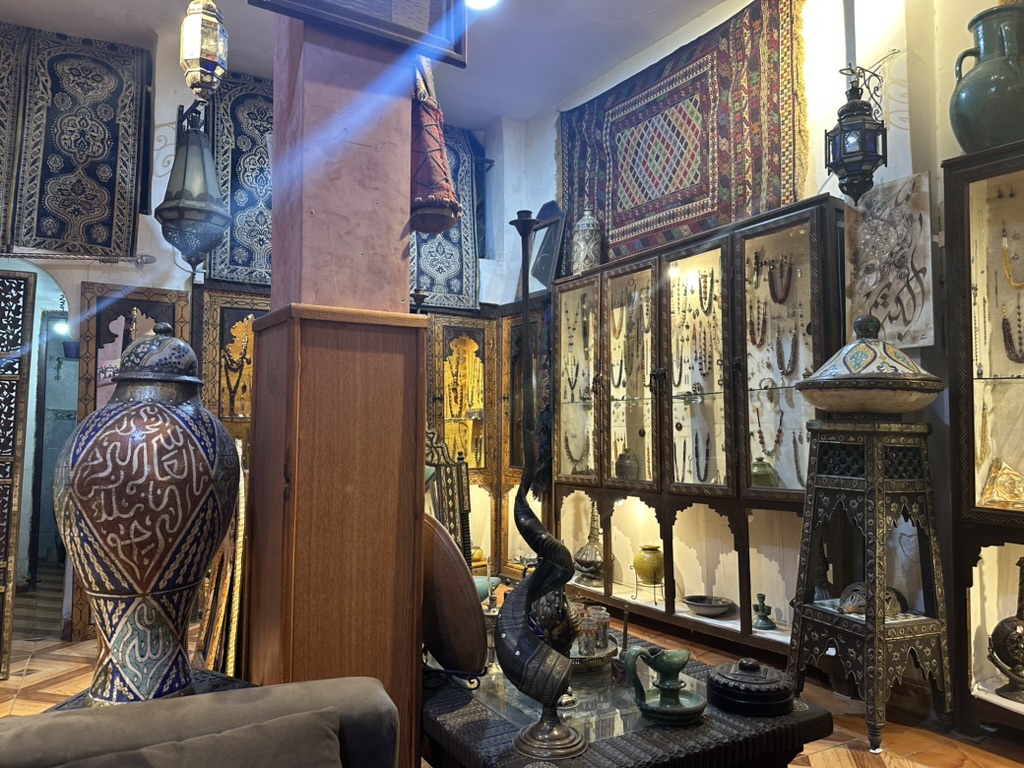
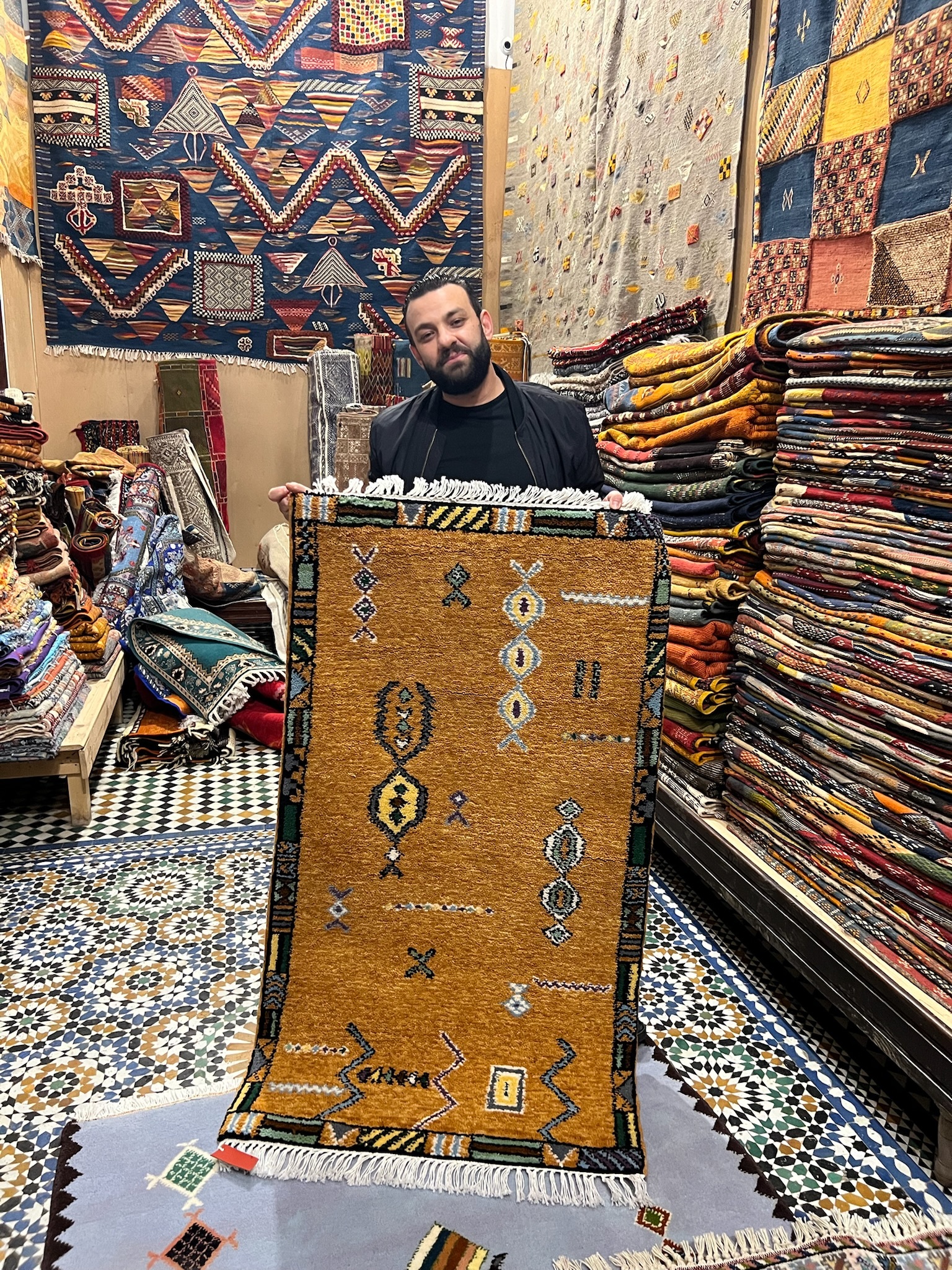 |
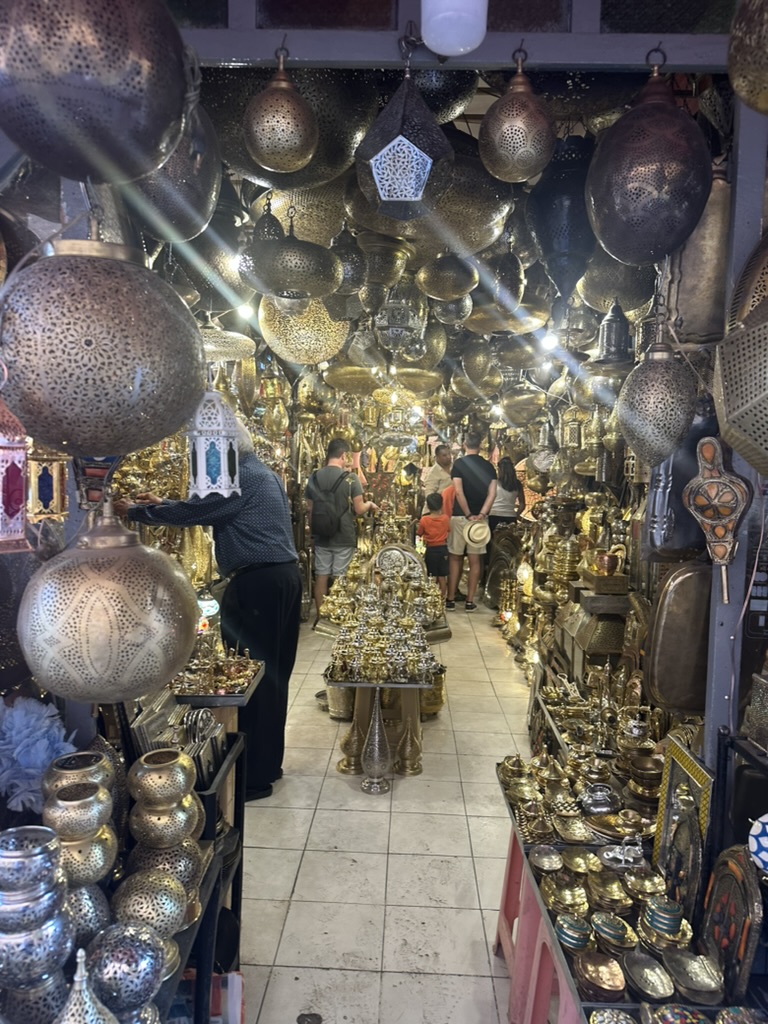 |
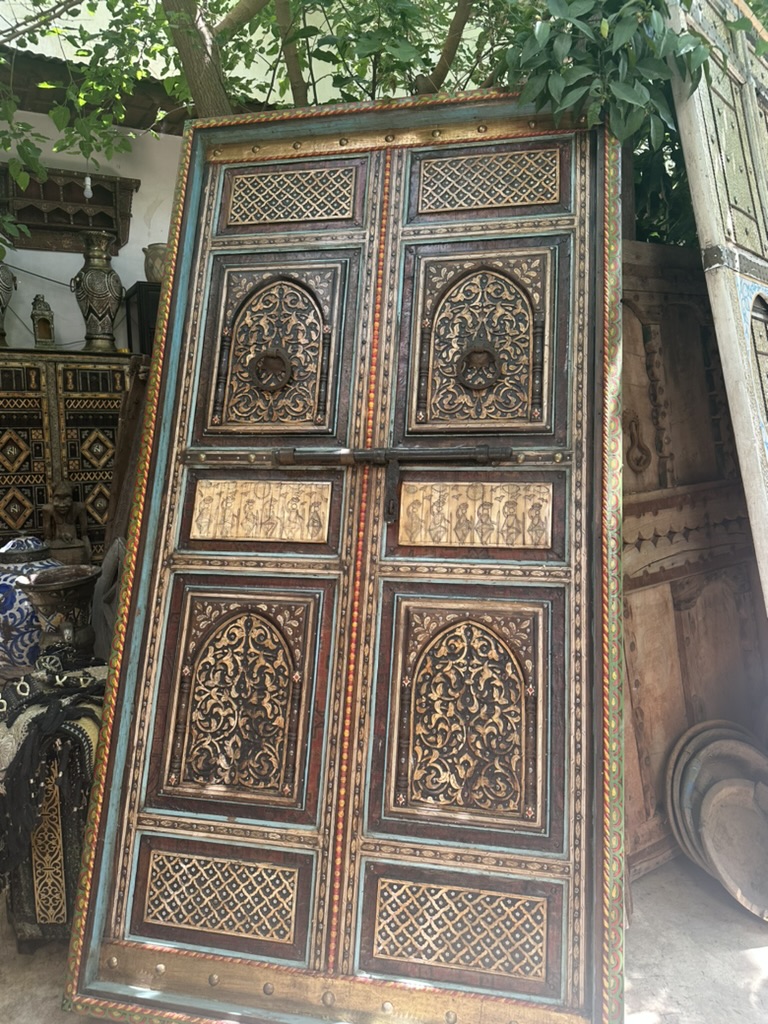 |
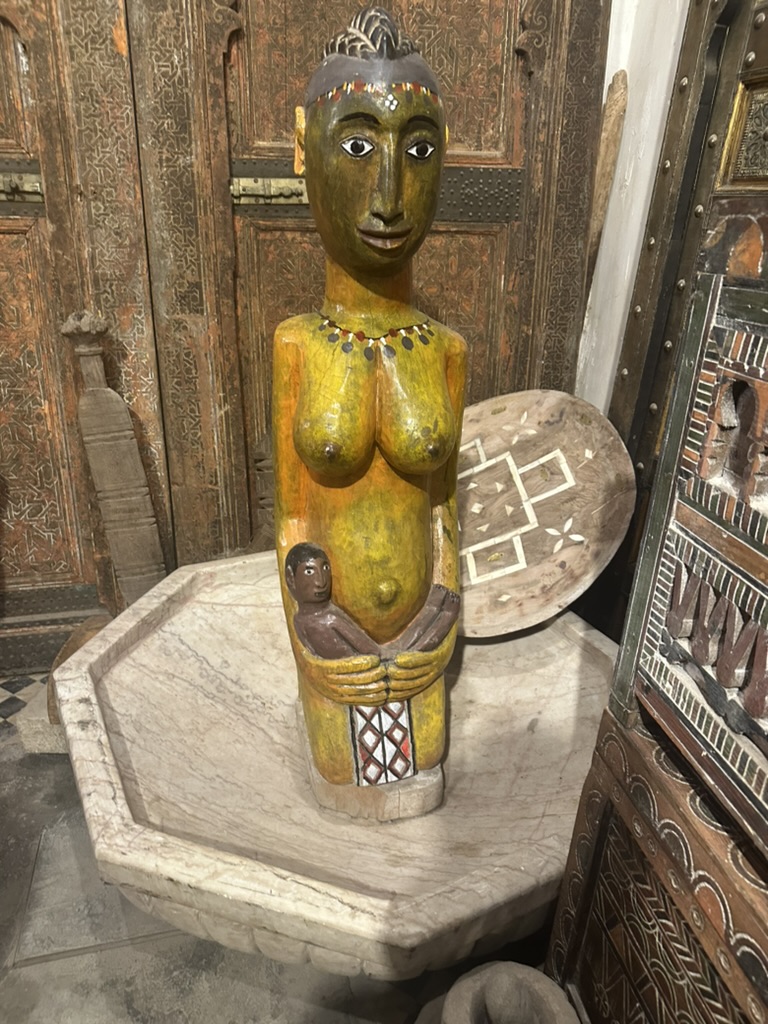 |
Majorelle Garden
Majorelle Garden is a botanic garden in Marrakech that was once the home, grounds and studio of Yves Saint Laurent and his partner Peter Bergé. It is a peaceful oasis of exotic plants, vibrant colors and Moorish architecture. The garden was originally created by the French artist, Jacques Majorelle, who named the distinct cobalt blue color he used extensively in the garden after himself (Majorelle Blue). The garden houses the Berber Museum which showcases the Berber culture. Guests enjoyed a day at Marjorelle Garden and a visit to the Yves Saint Laurent Museum next door.
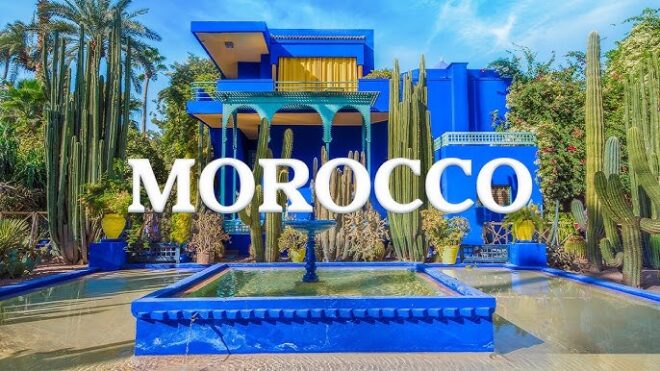
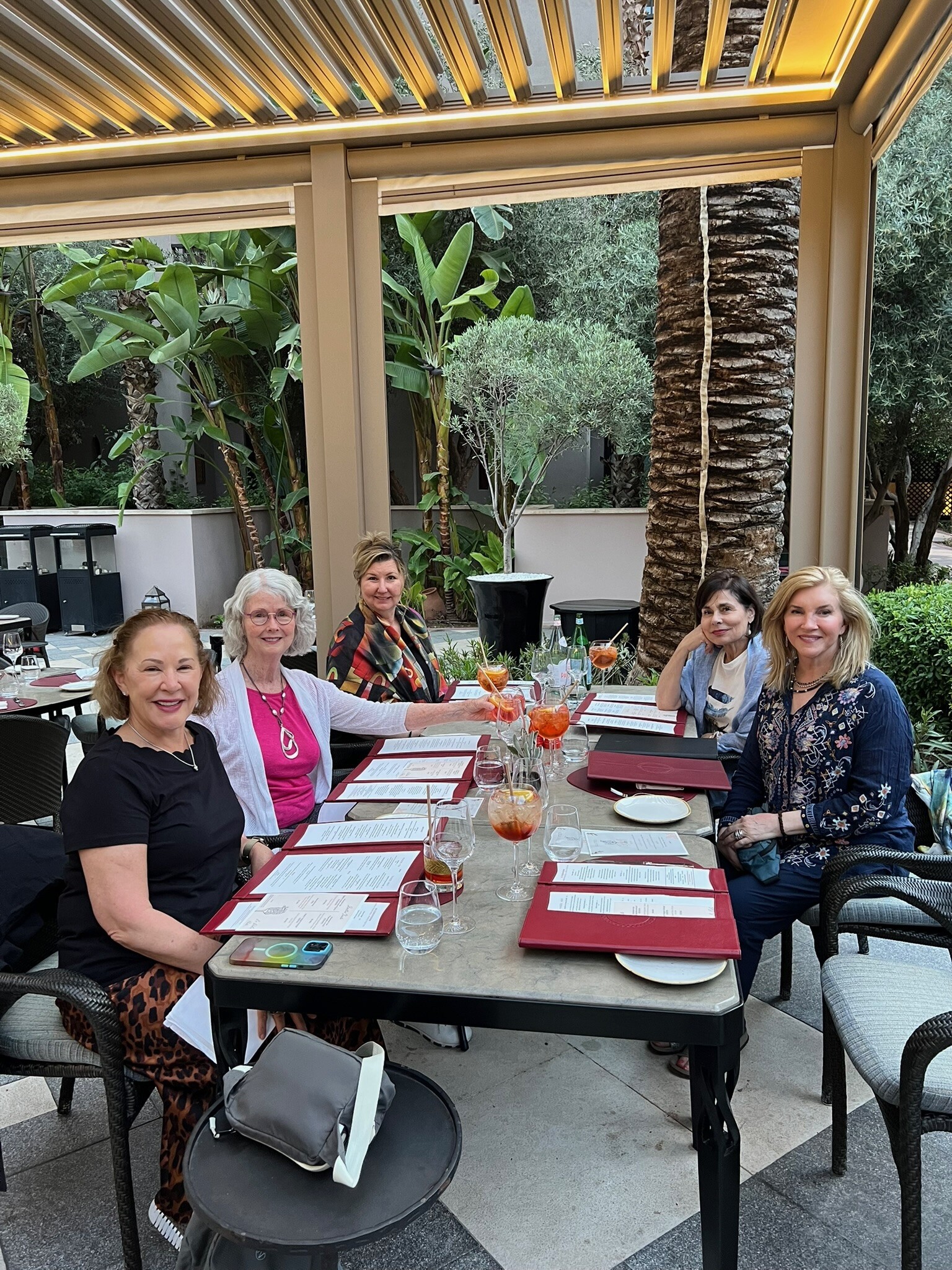 |
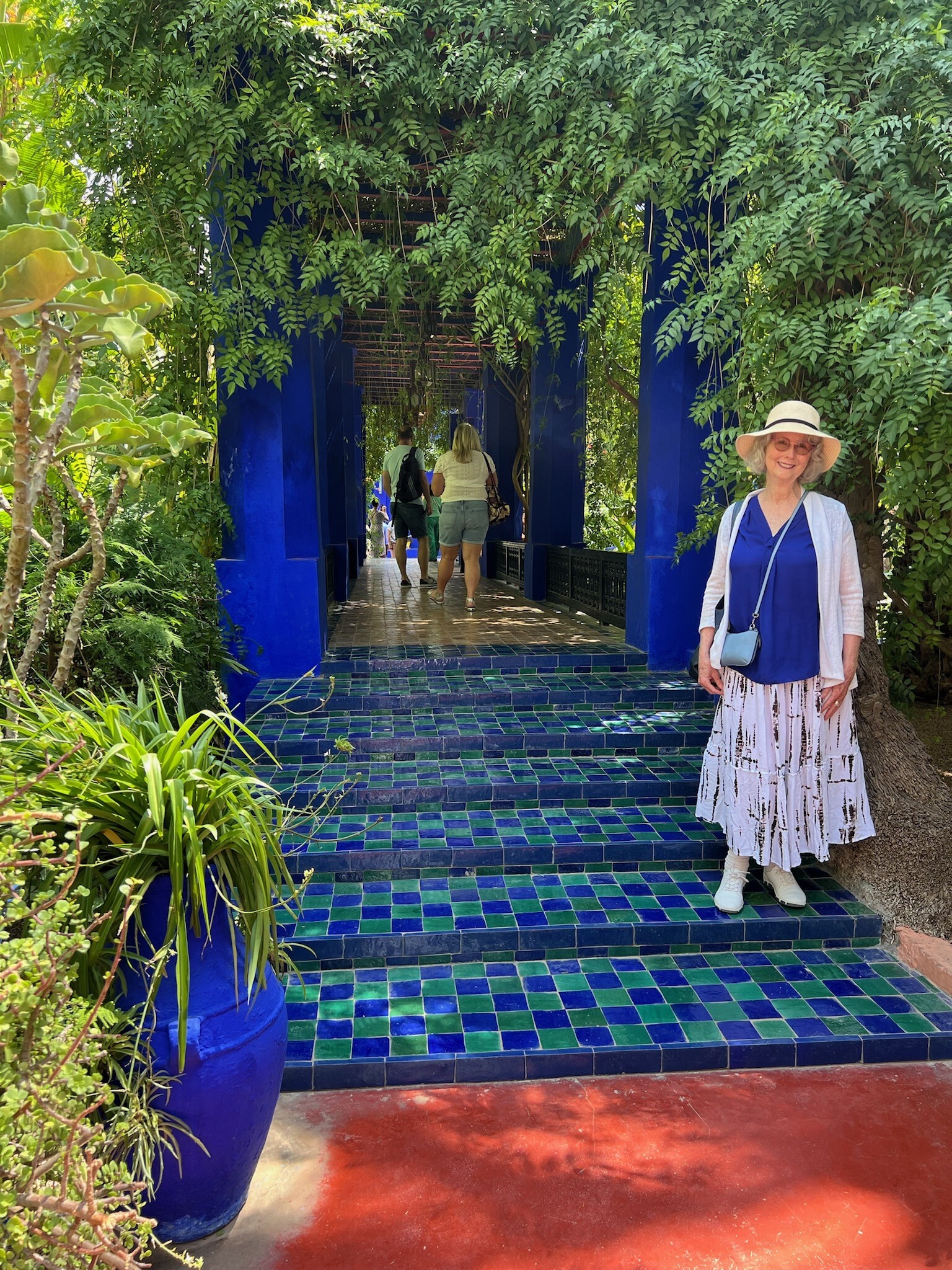 |
The Guys
Kudos go out to the men on this trip! First, to our guest, Ray, who was an exemplary gentleman. His calm demeanor and kindness was so appreciated by the women! Next, to our incredible Berber guide, Omar, who led the tour, connected us with his many contacts along the way and worked alongside me to make this trip happen. His humor and patience are amazing (and he needed a lot of it)! Our coach driver, Omar – who we called Omar-y because having two Omars was confusing enough – kept us safe in the cities and on the open road. Thank you, Omary!! Our Fes historic guide, Fatah, was exceptional in his level of knowledge and willingness to share all of it with the group. I am grateful to all of these men who enhanced the trip for everyone.
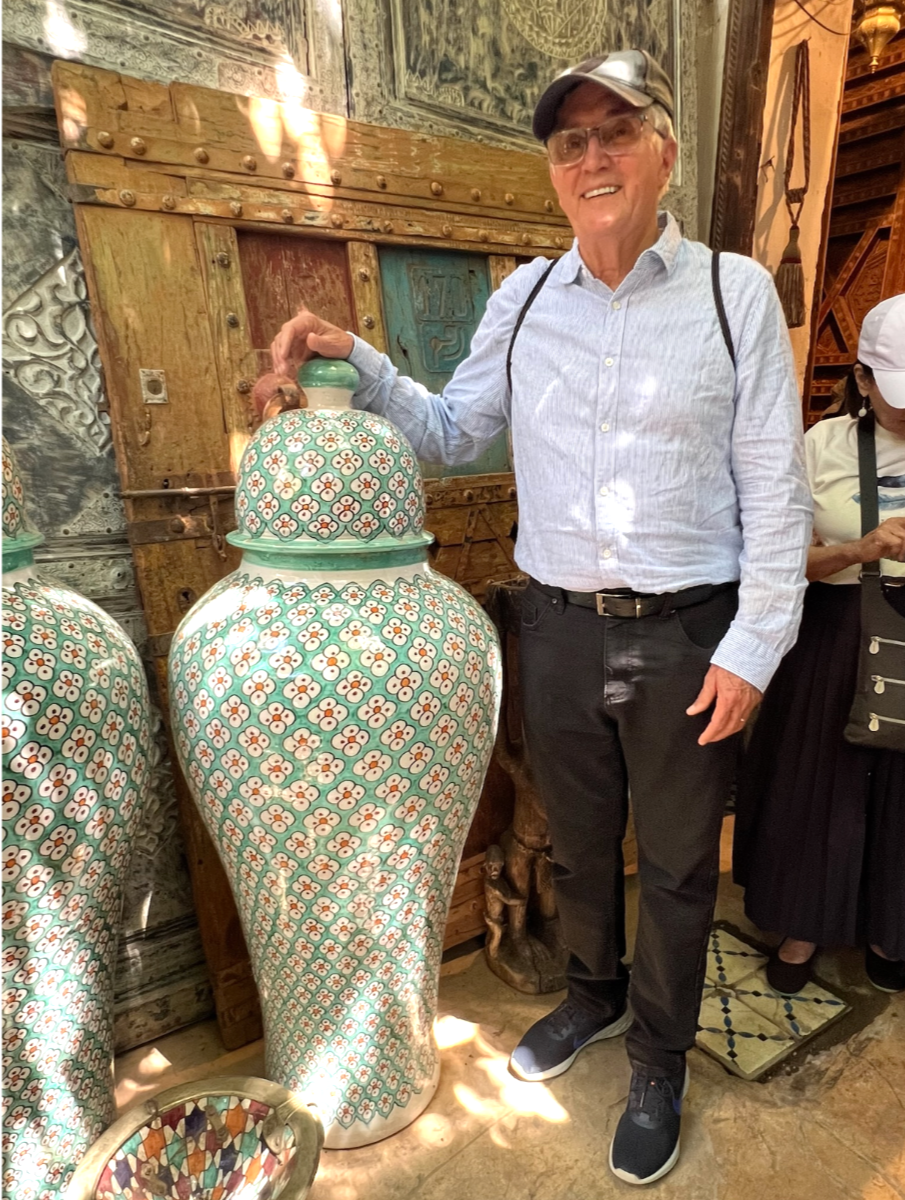 |
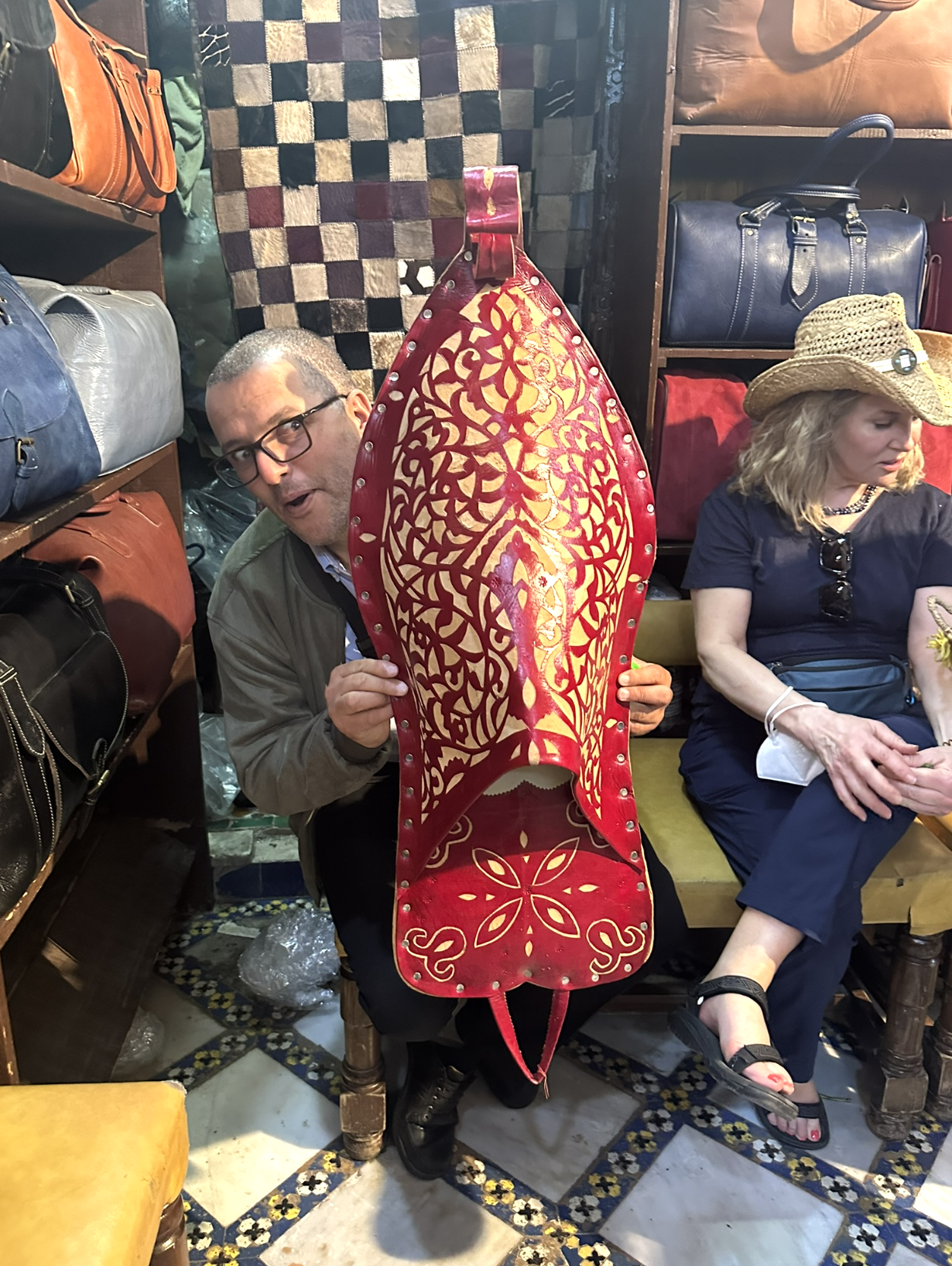 |
 |
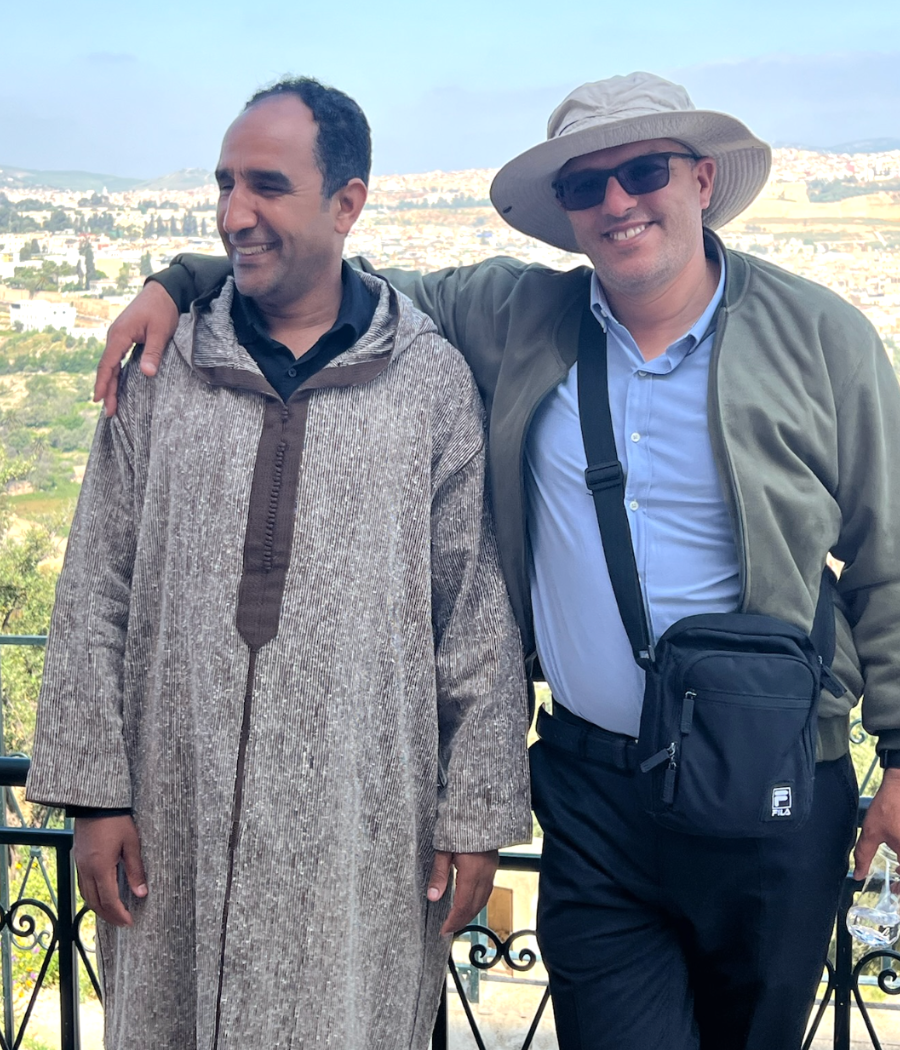 |
Our 2025 Morocco Trip is Complete!

If you have always wanted to go to Morocco, check out our ‘Treasures of Morocco’ Private Tour offered any time and for any size group – even solo travelers!

